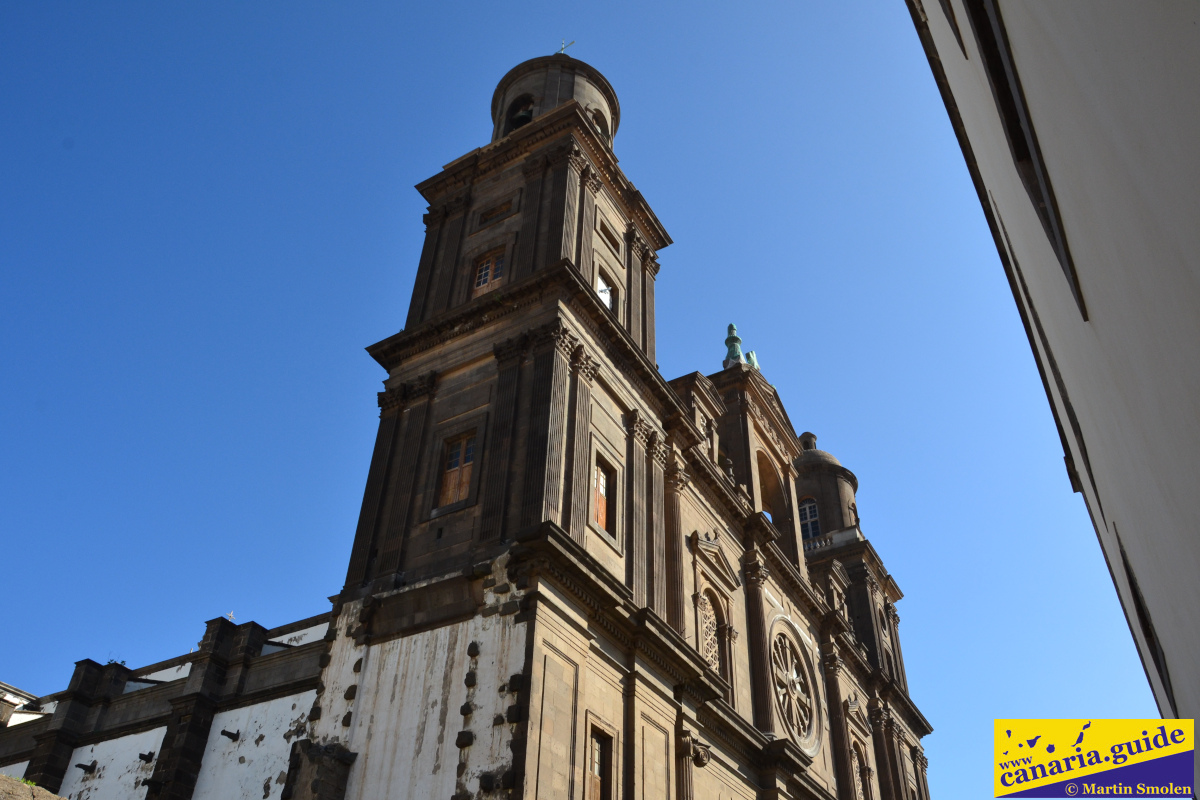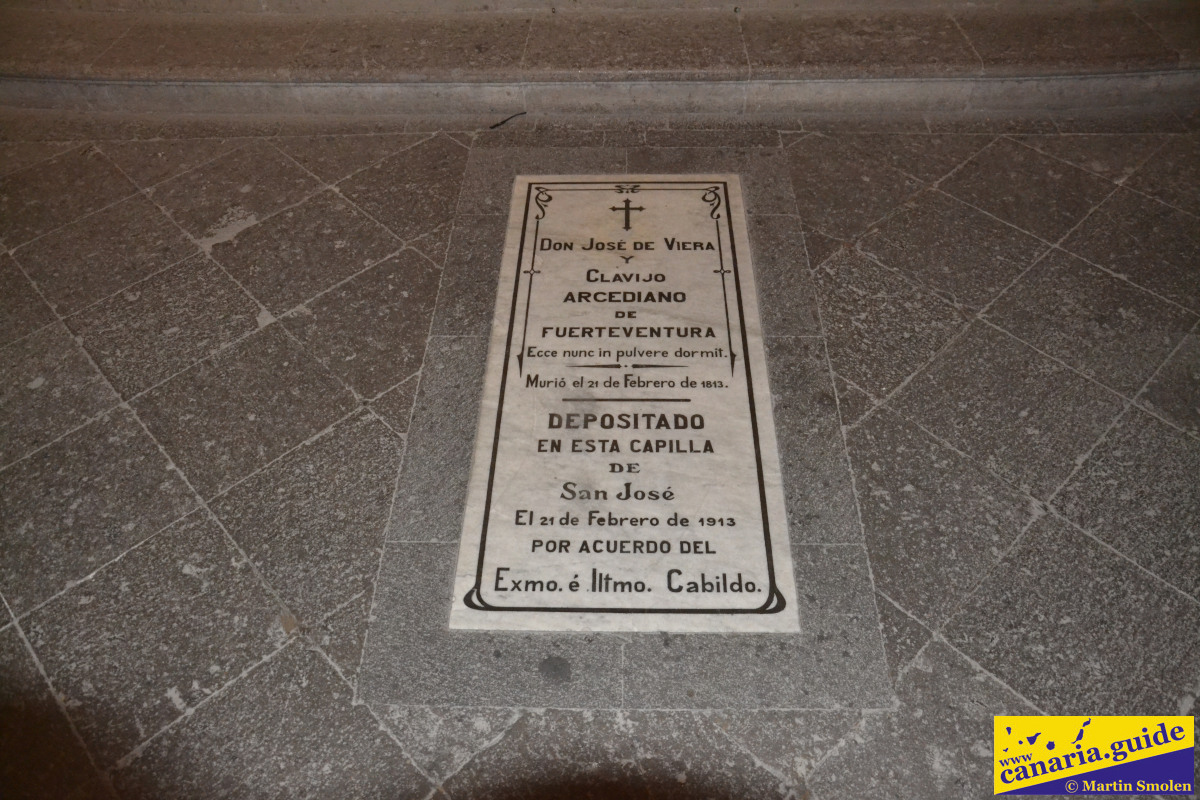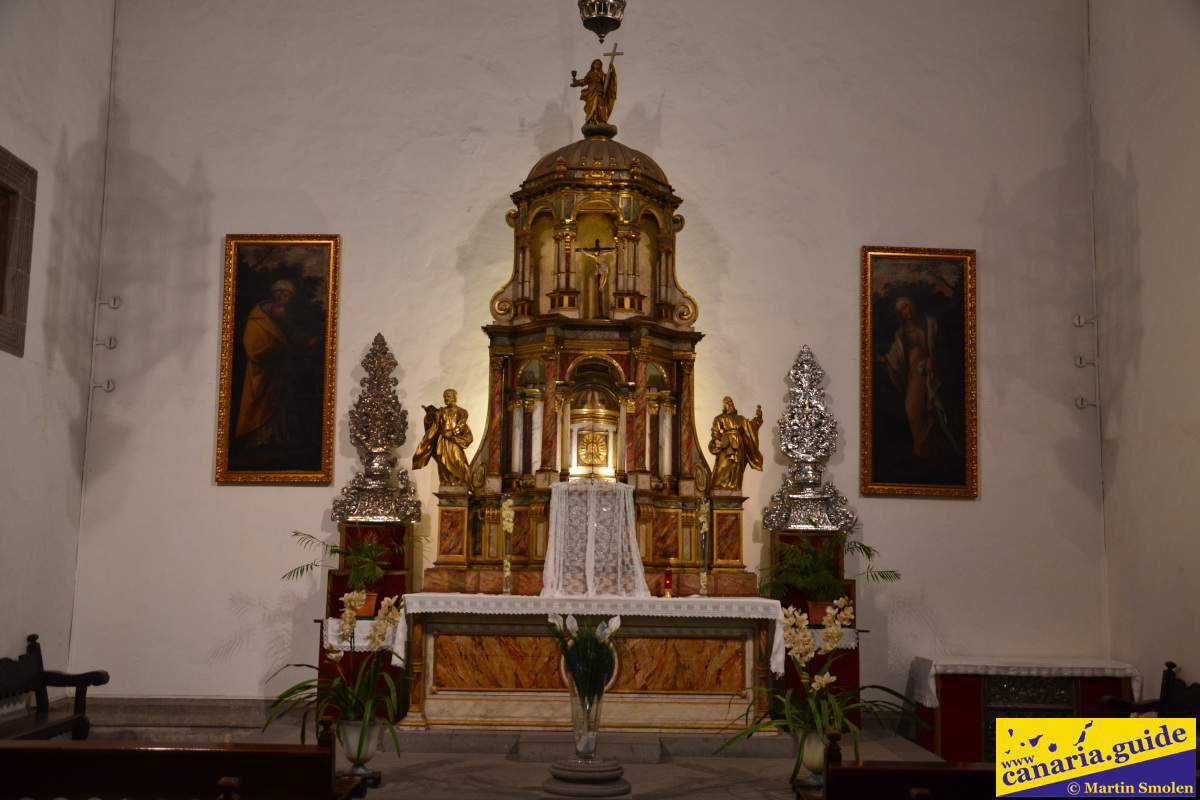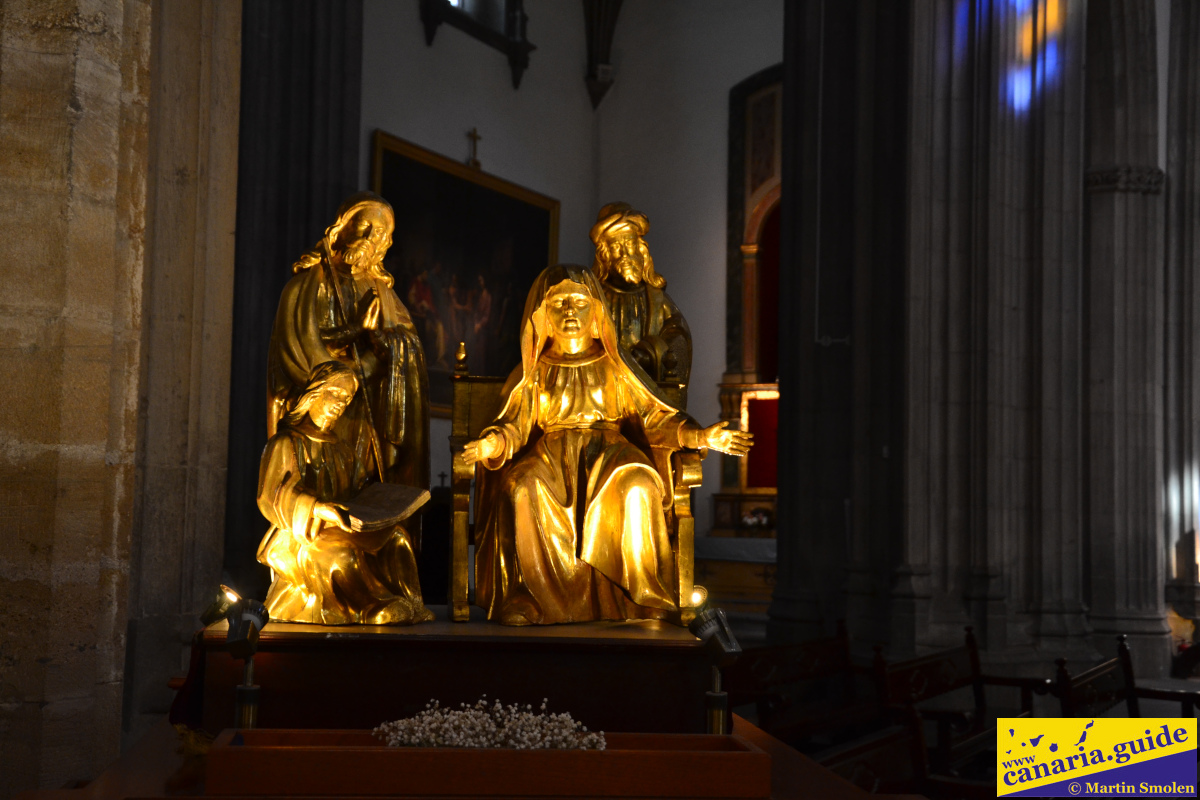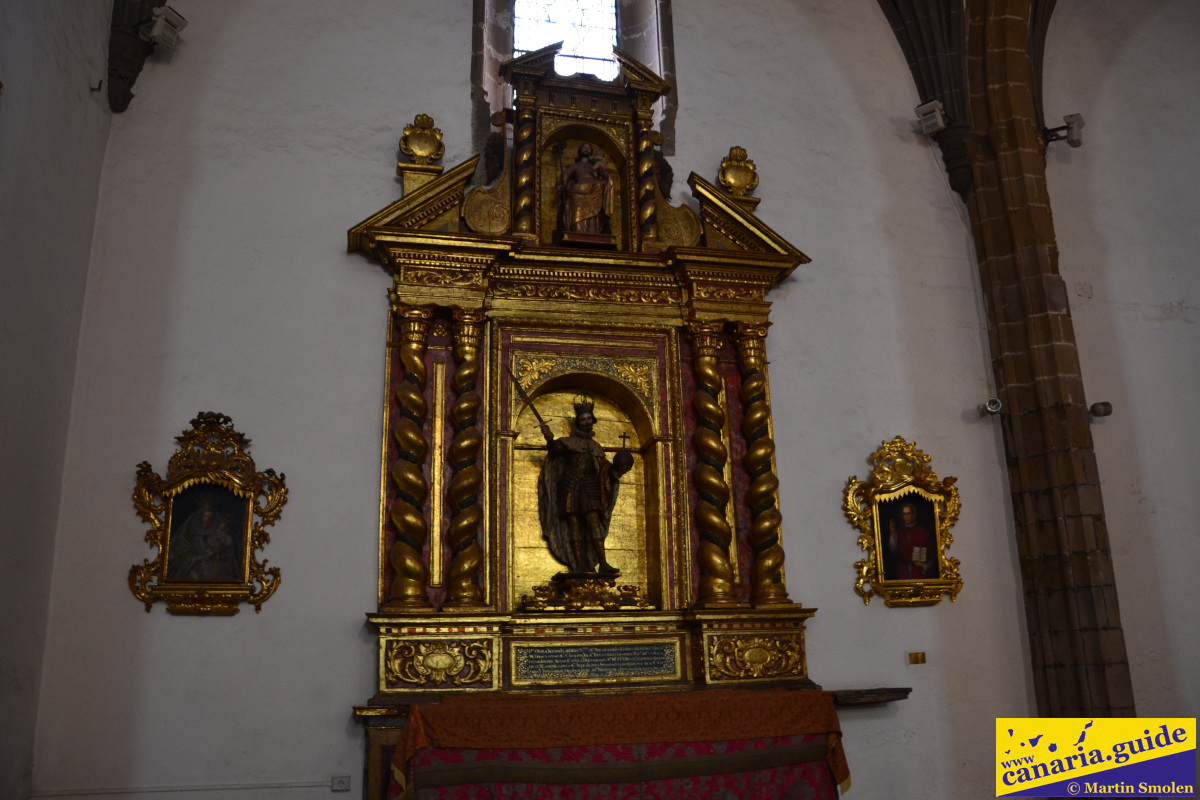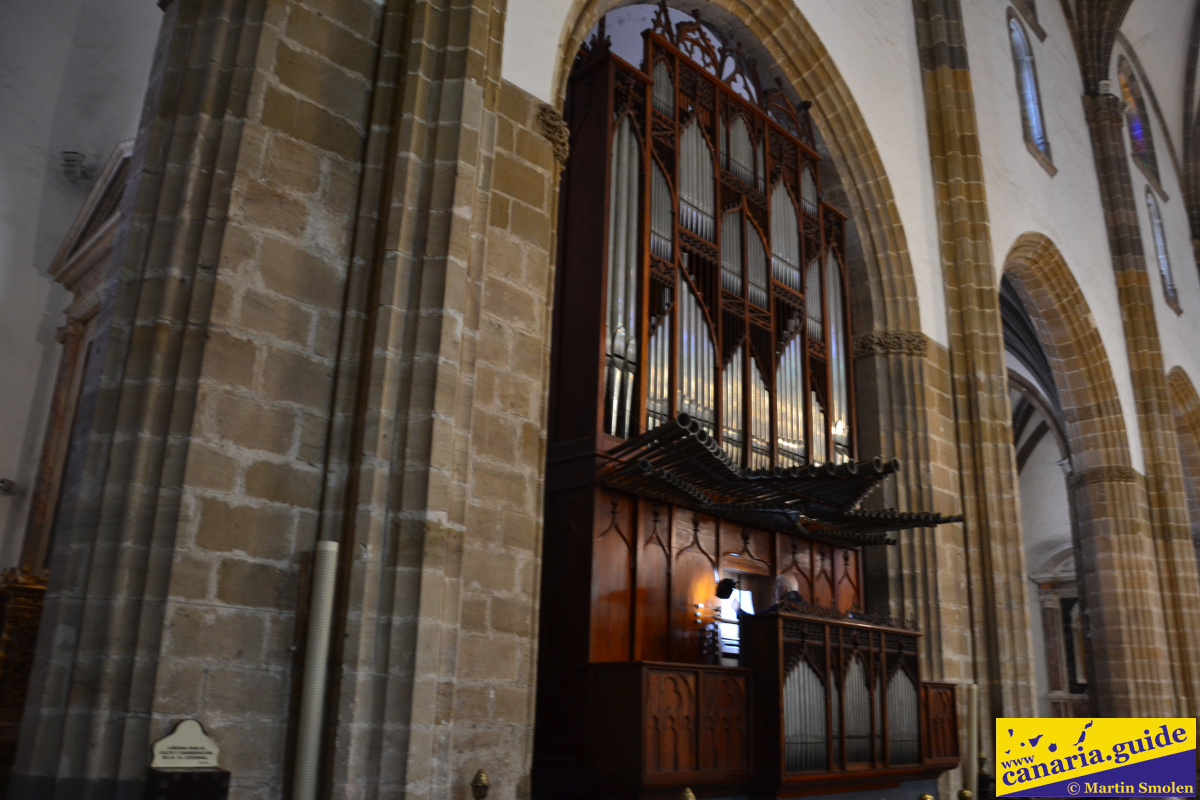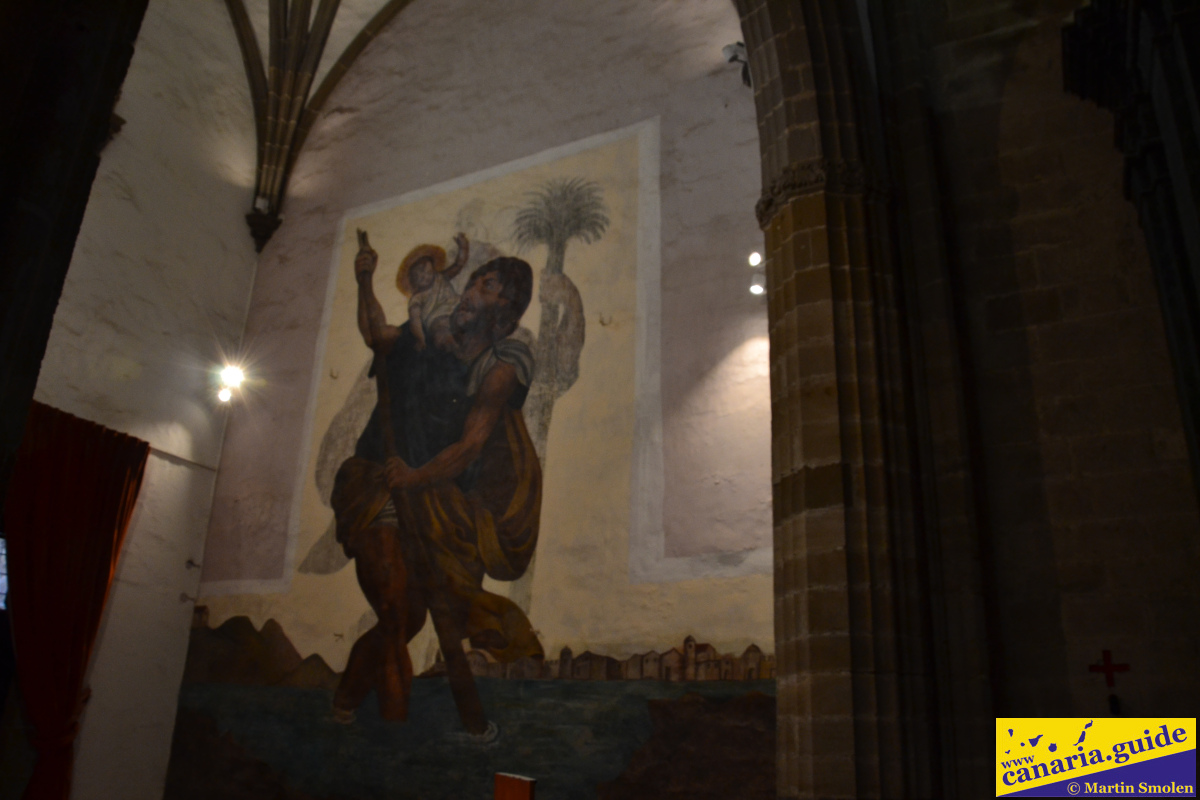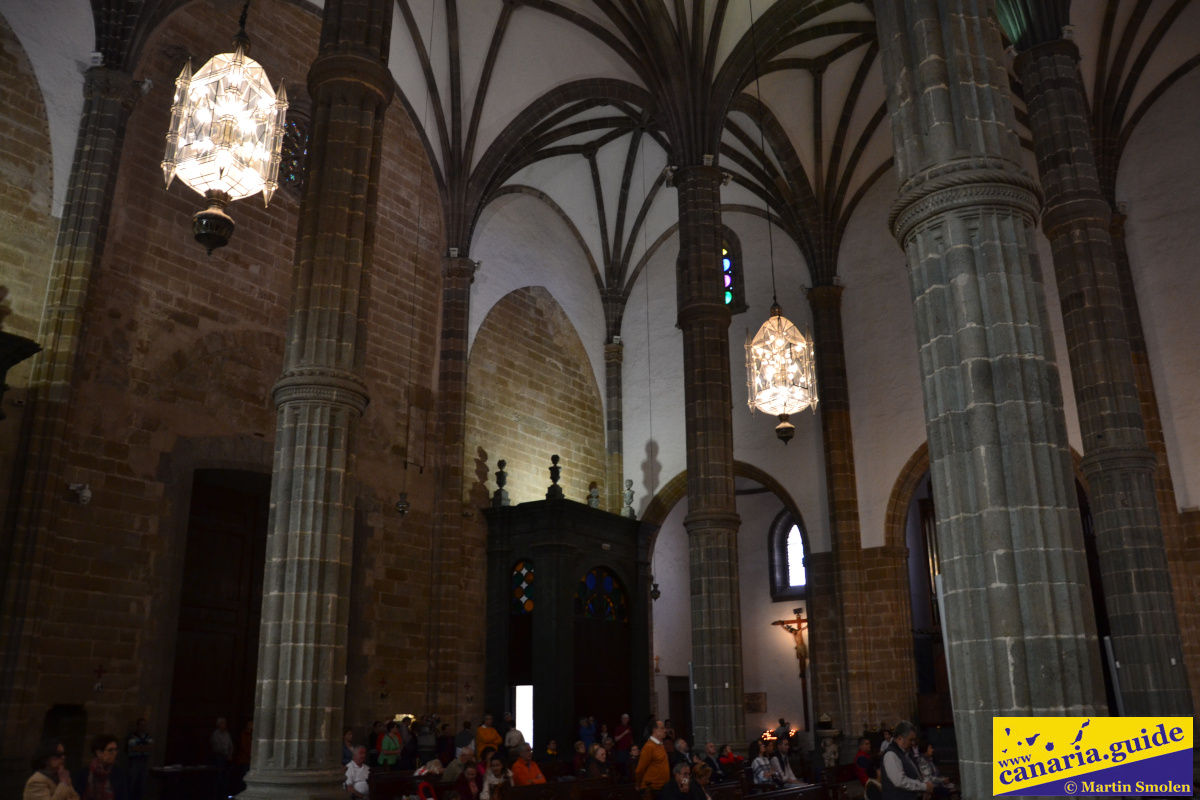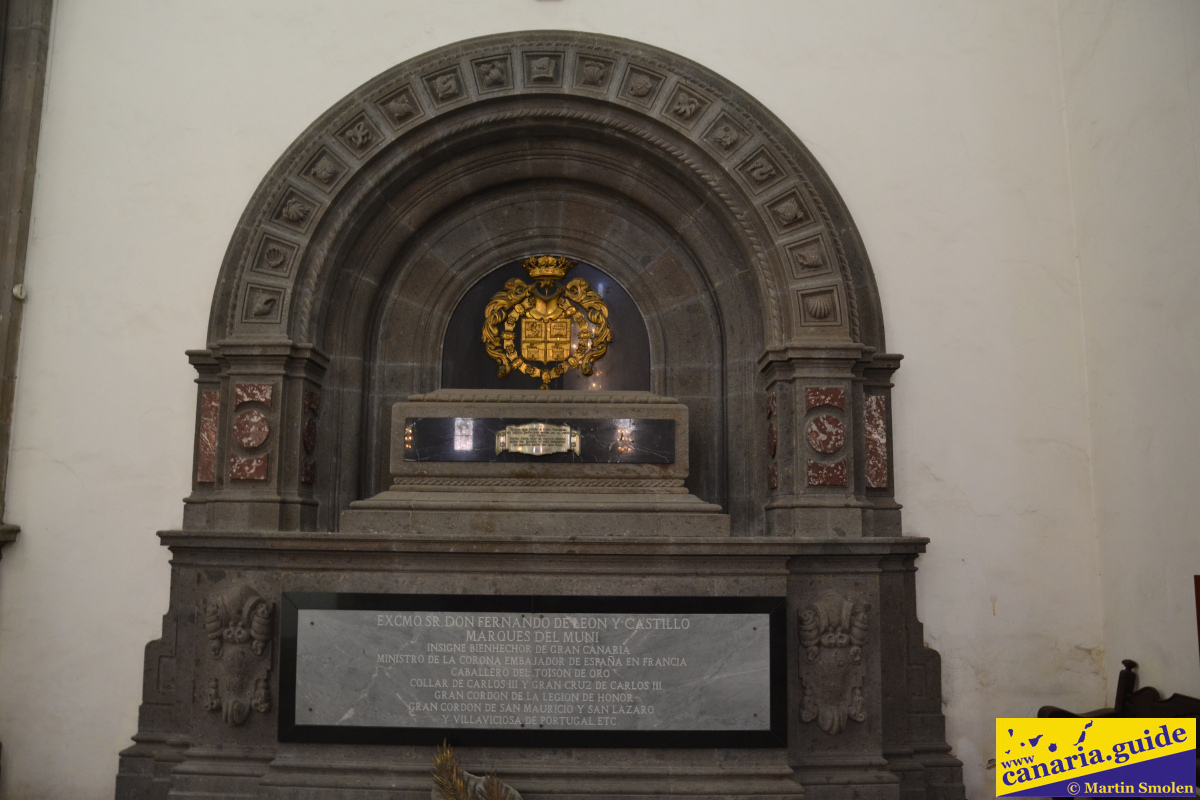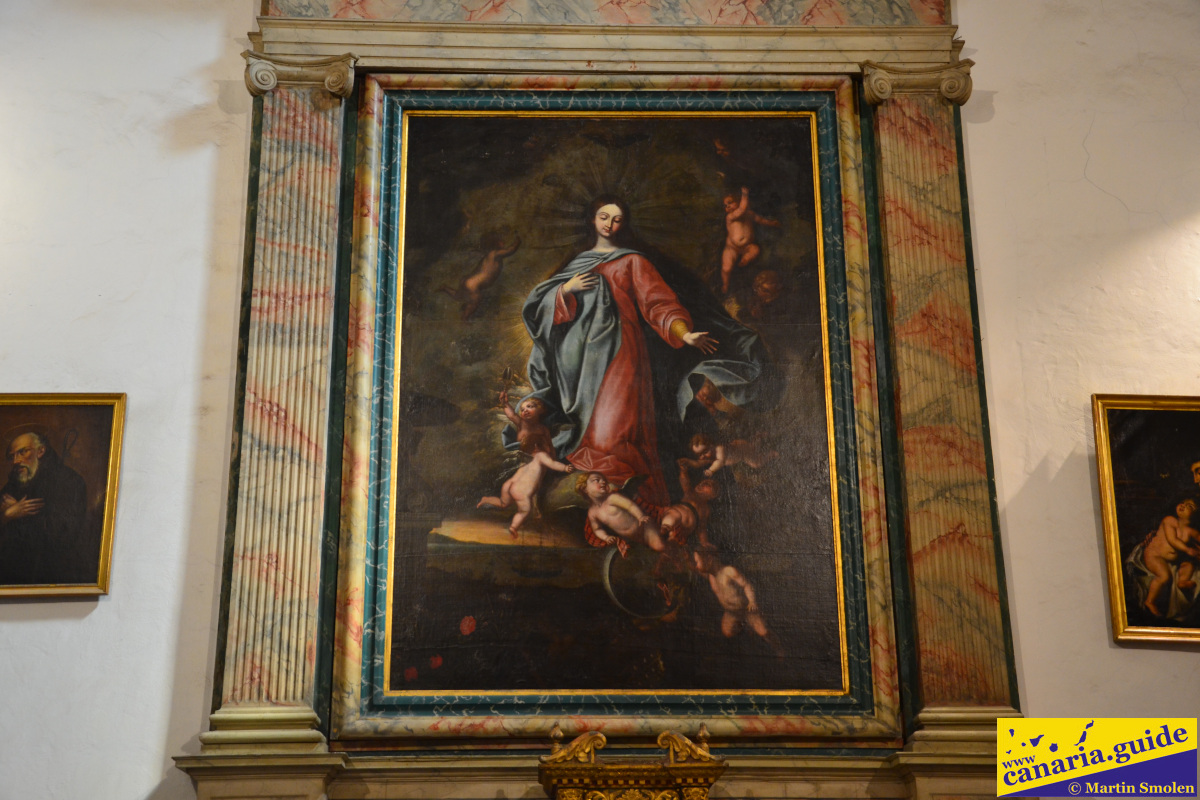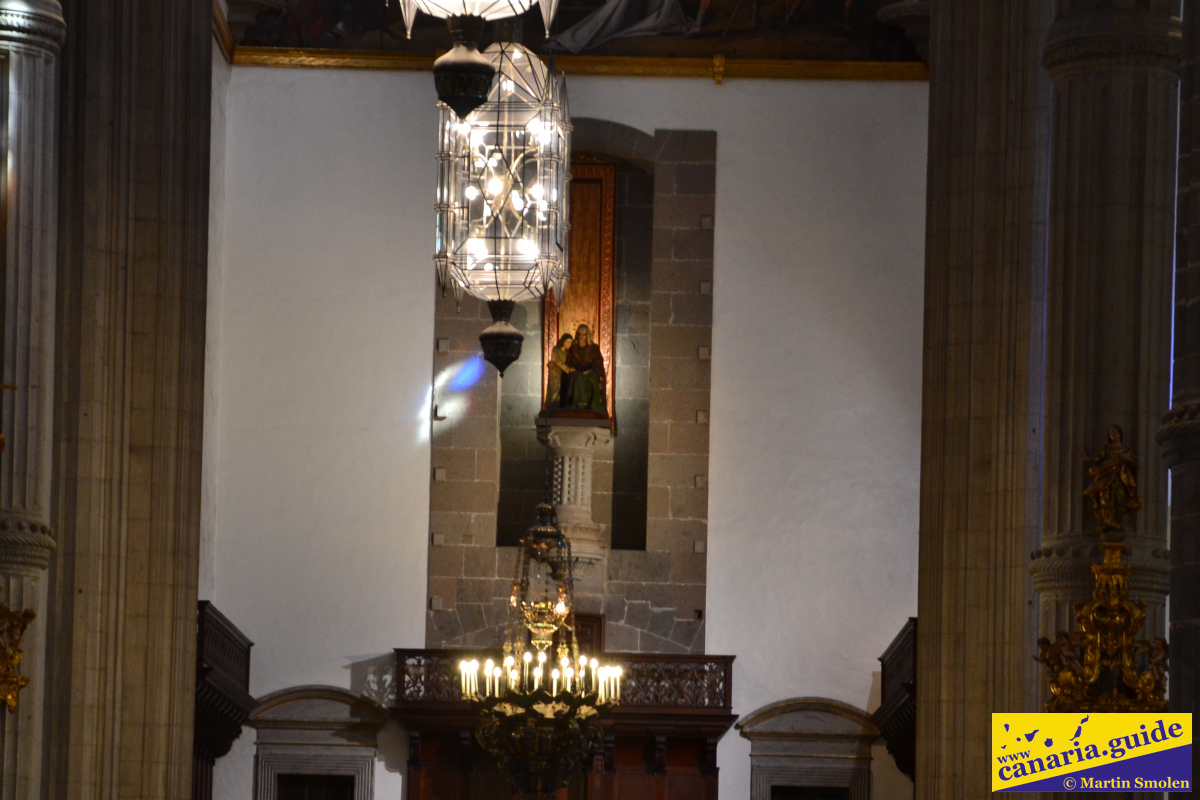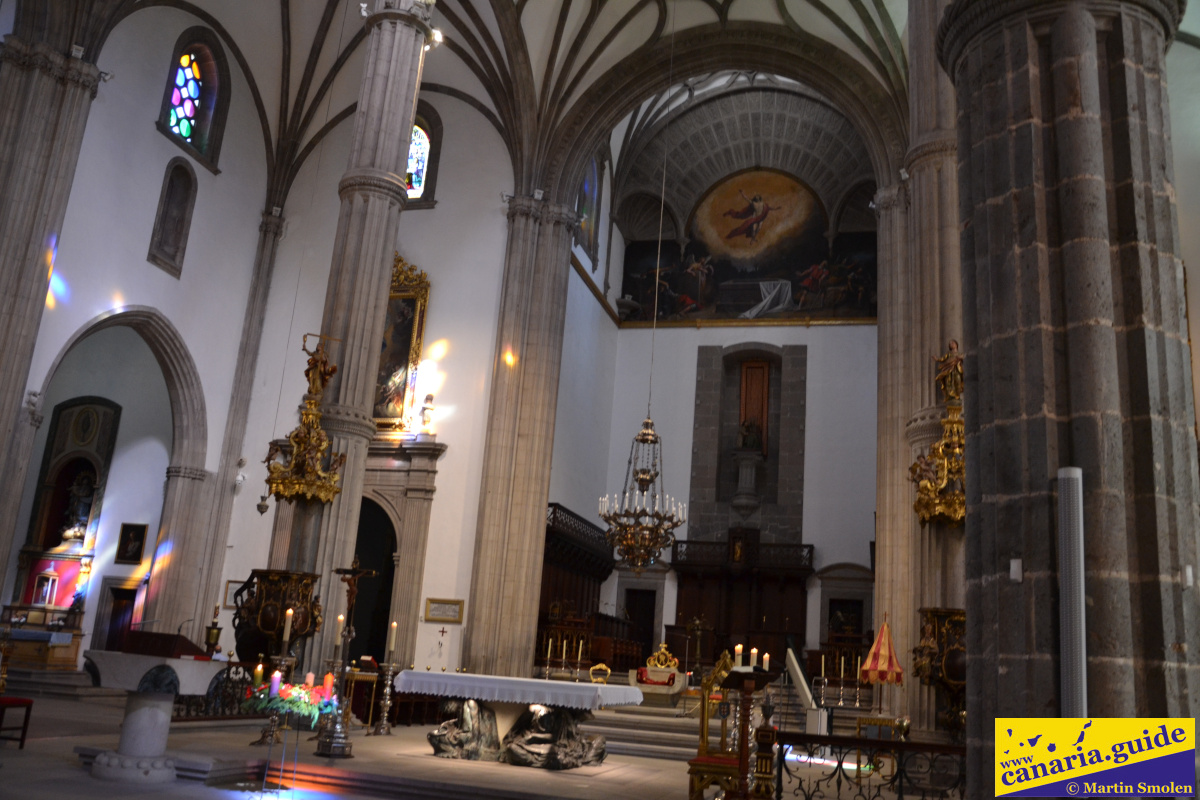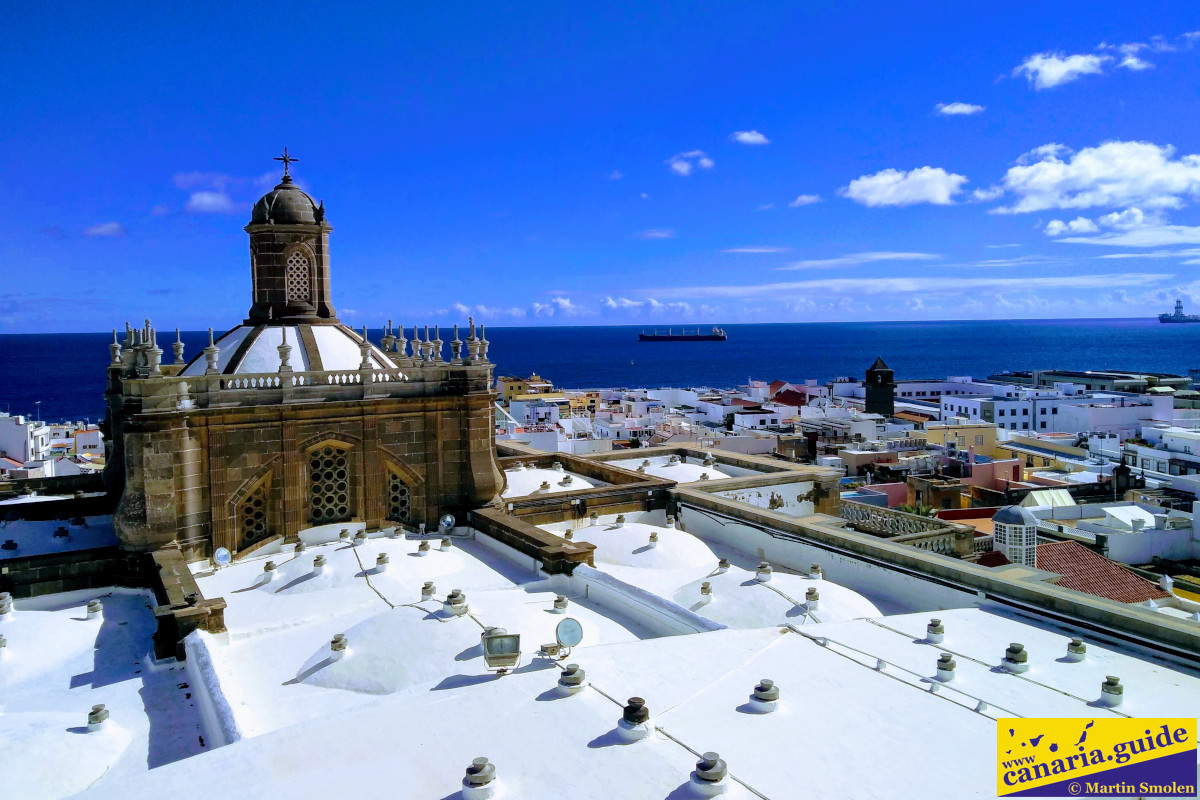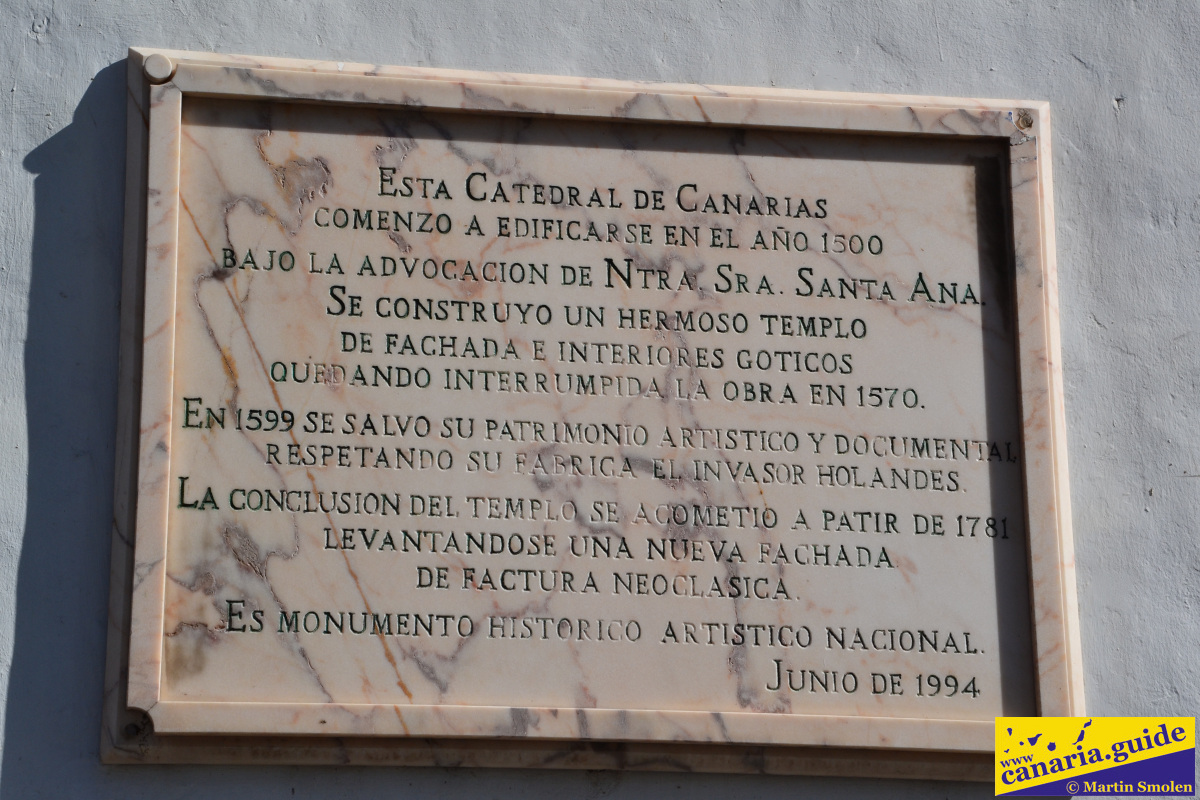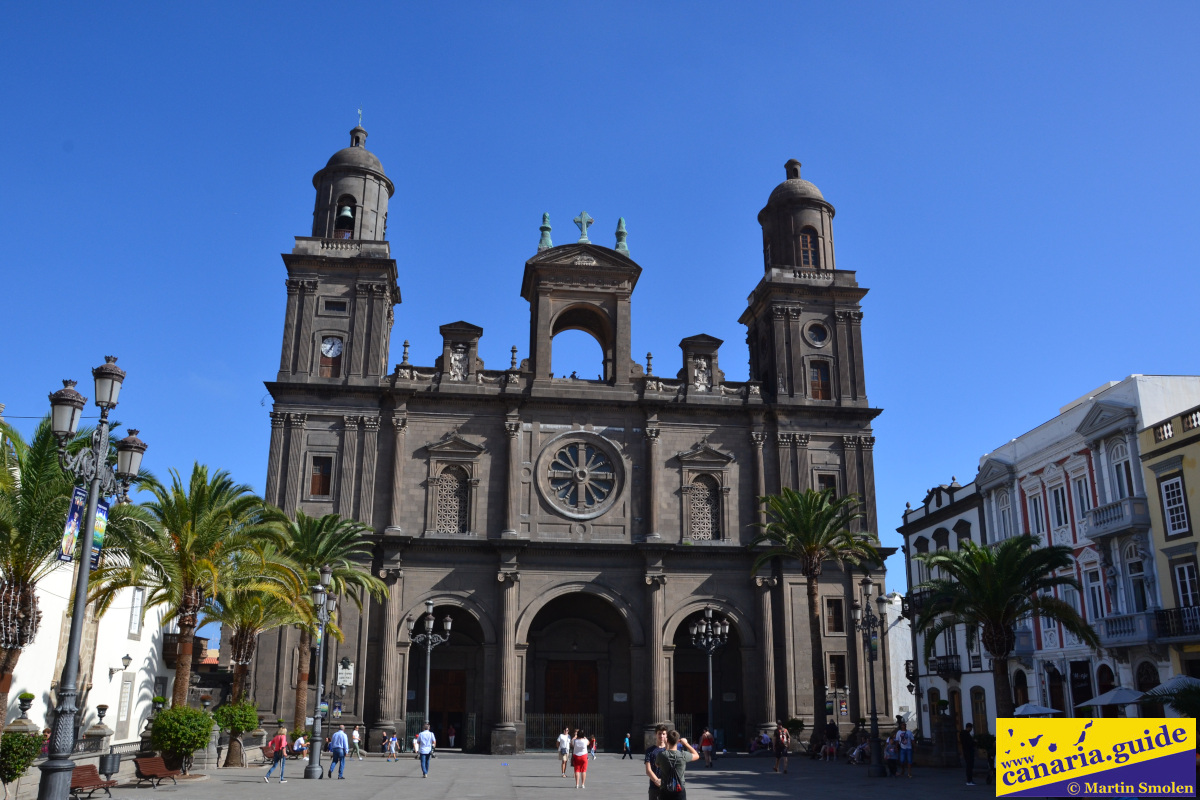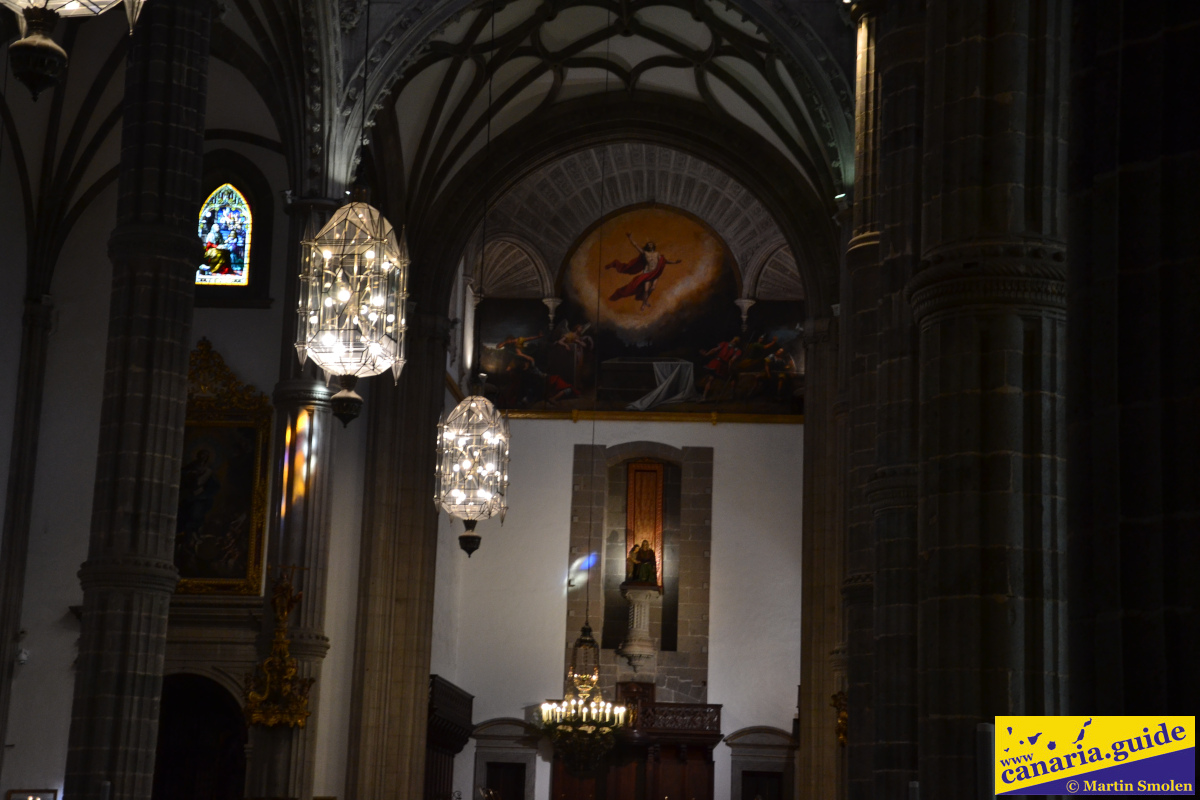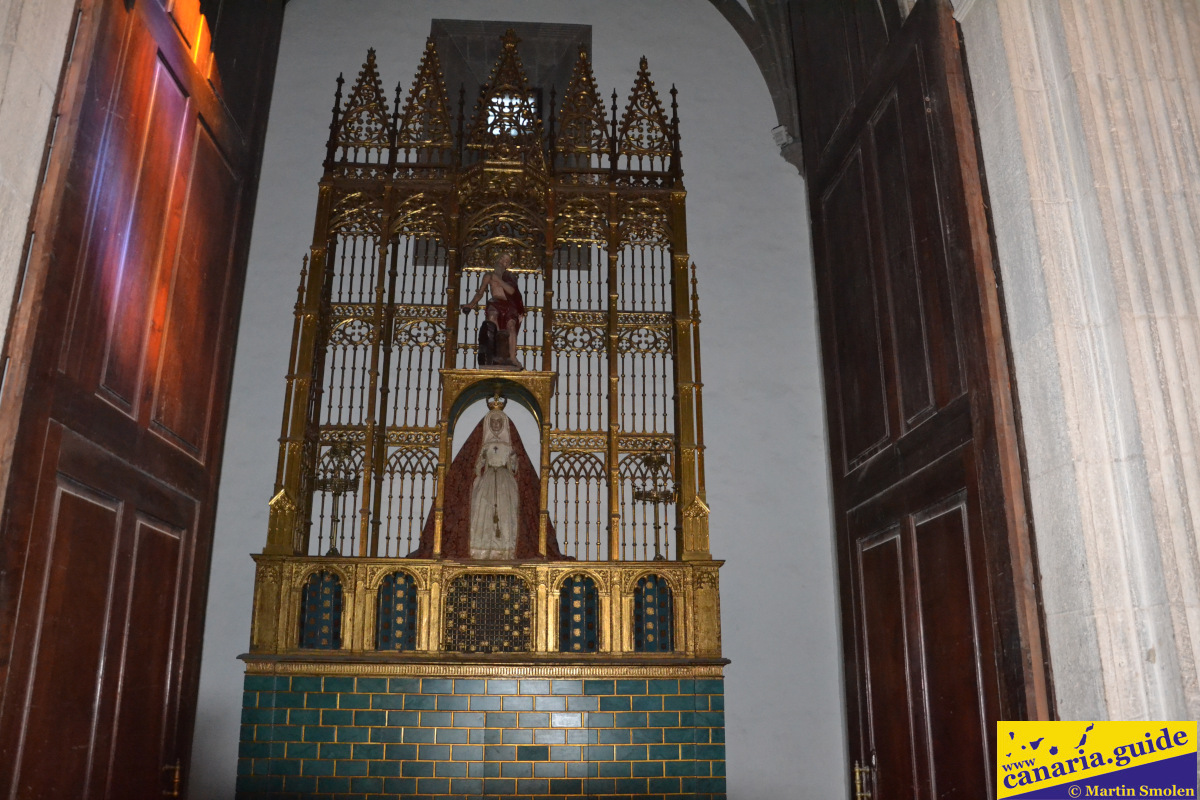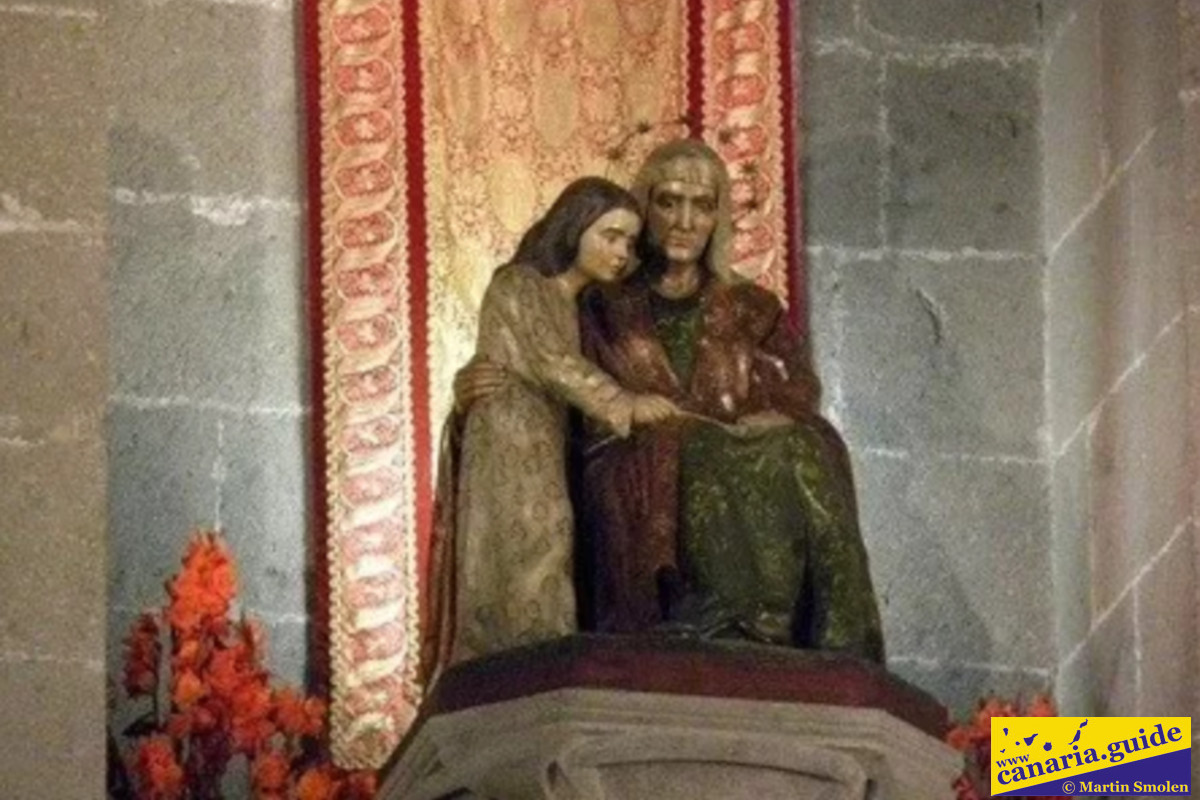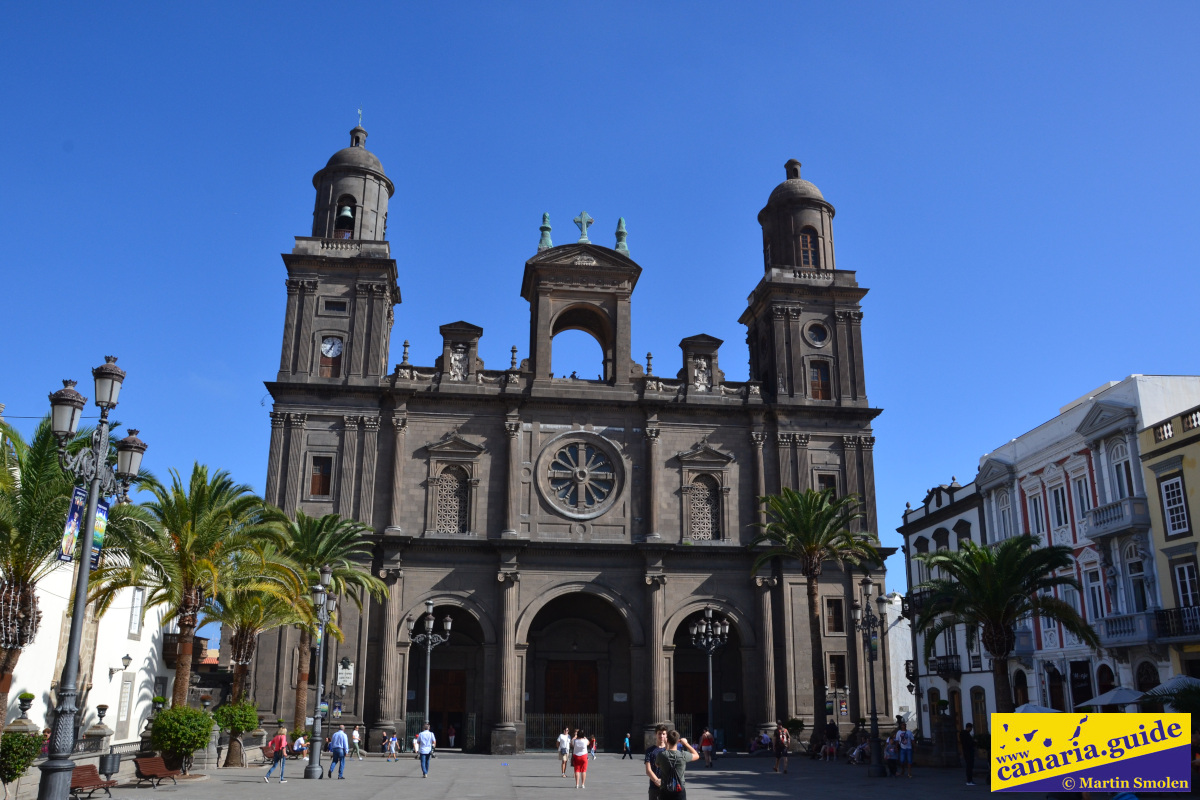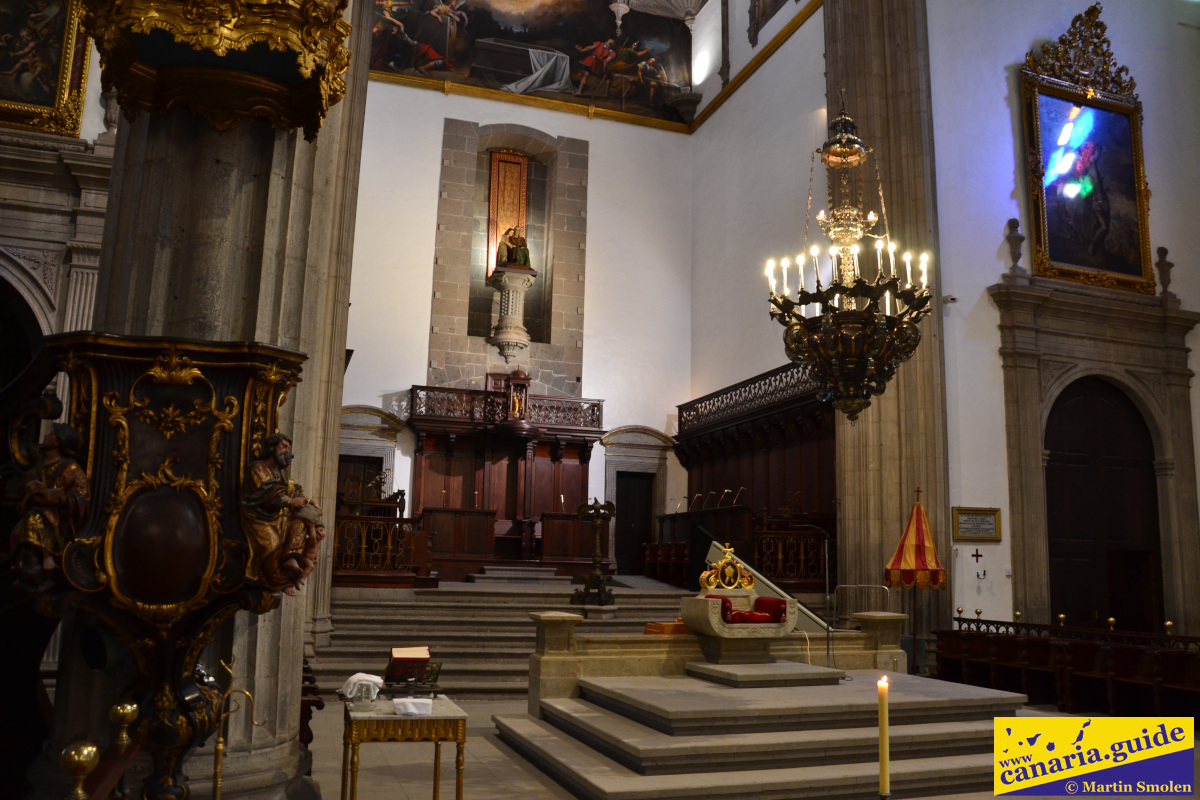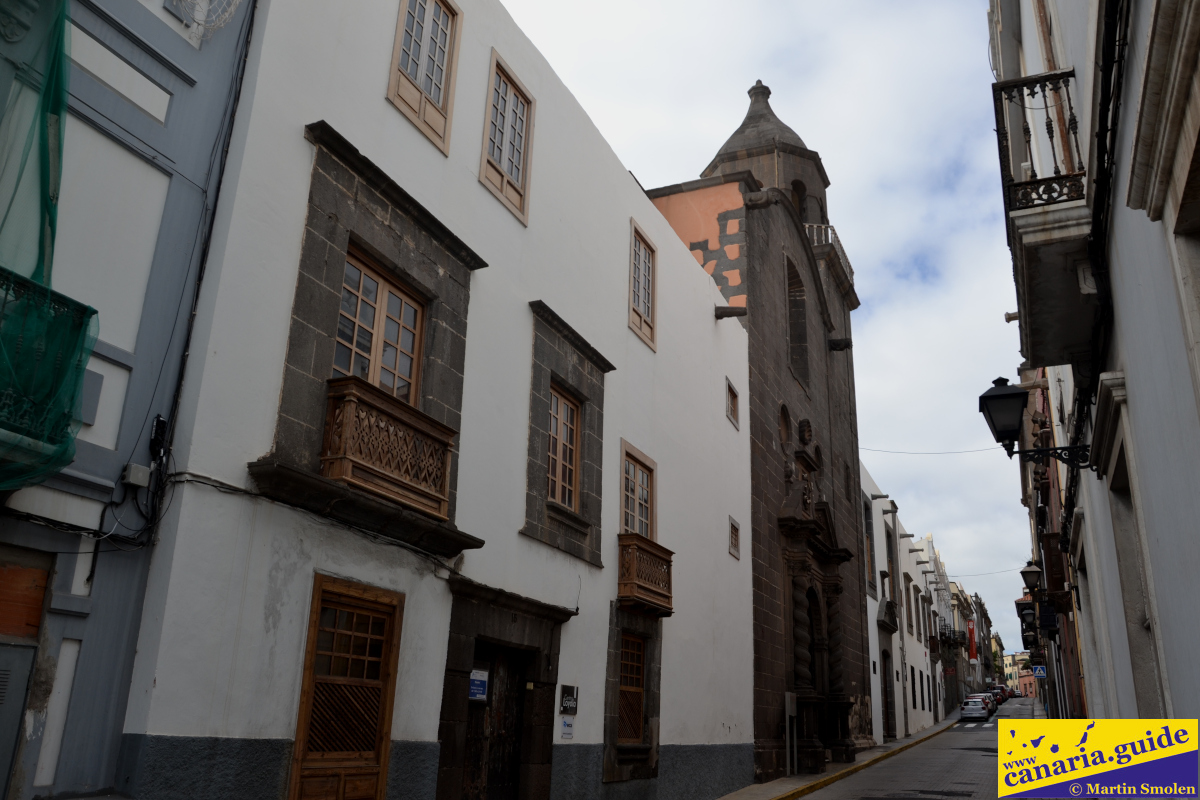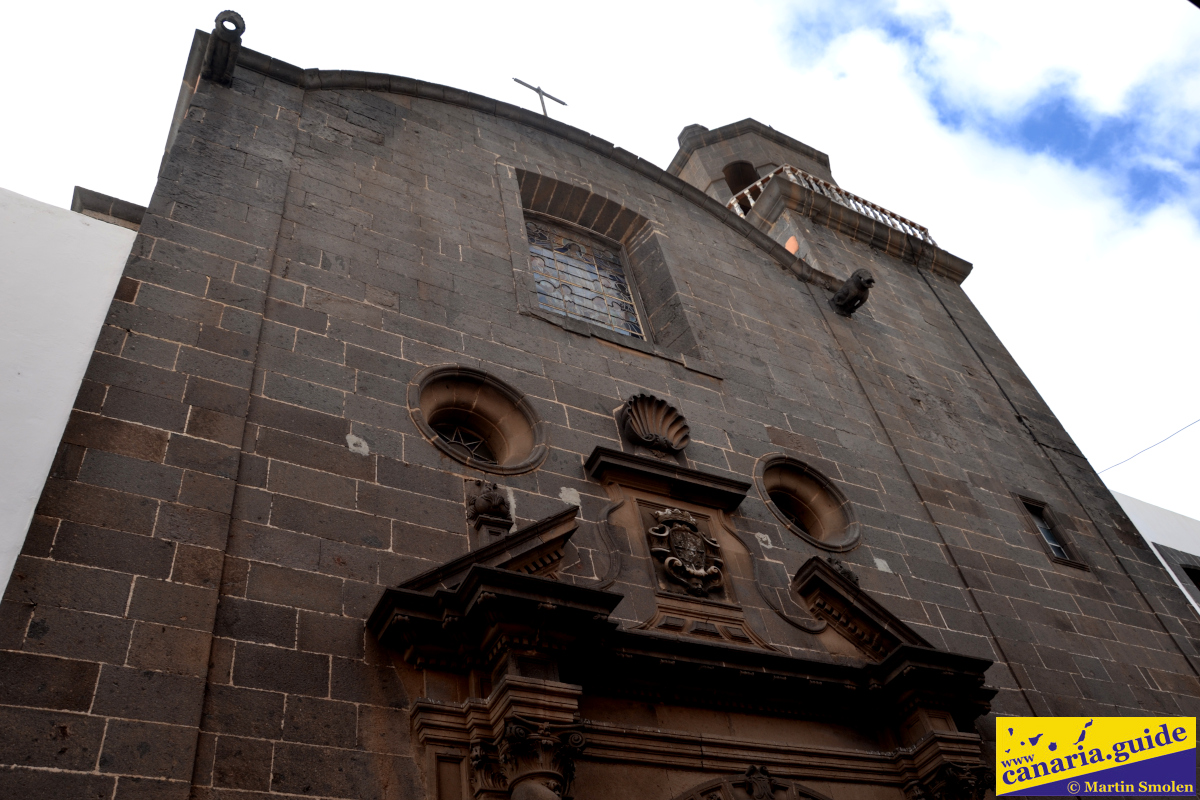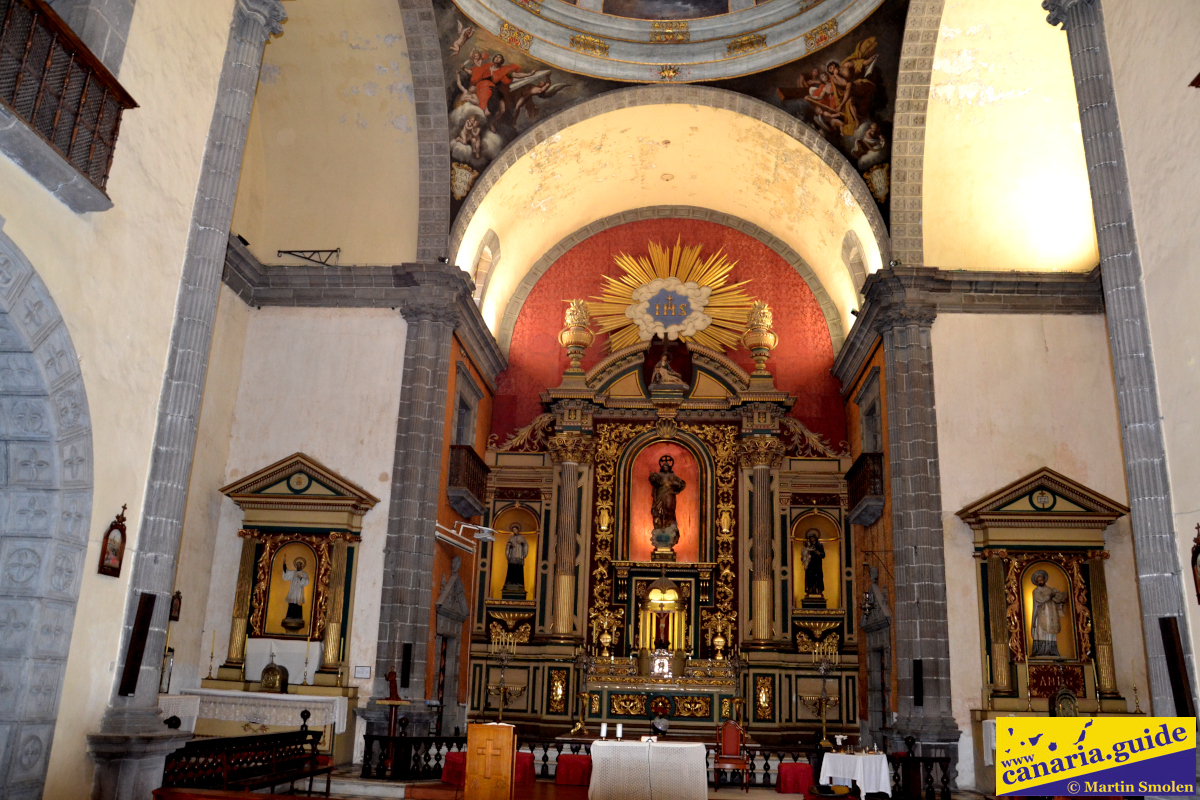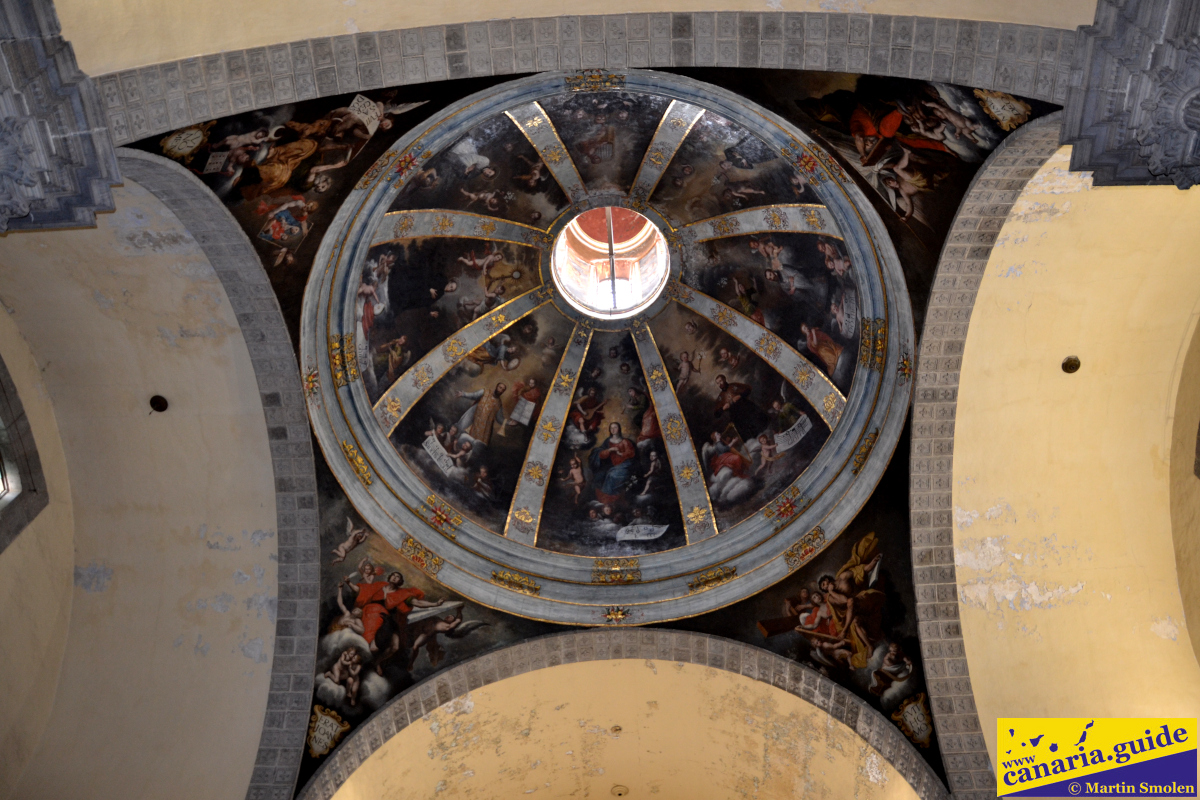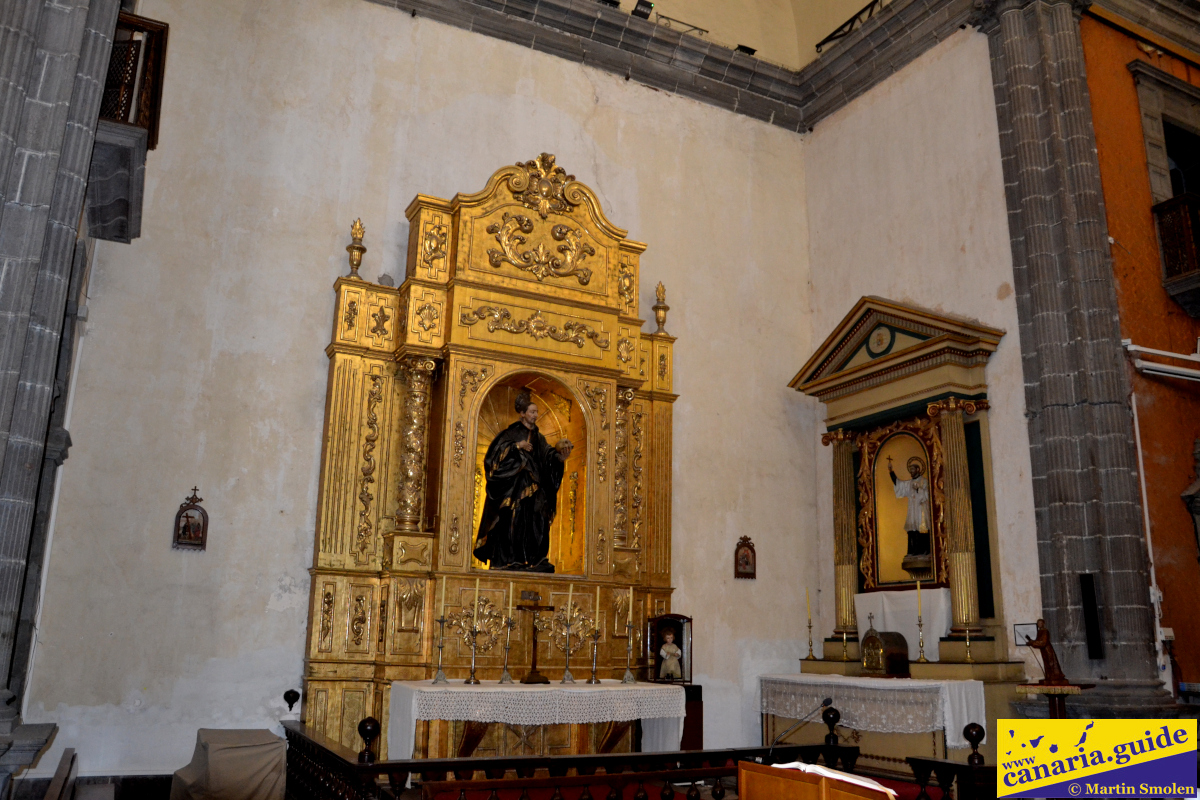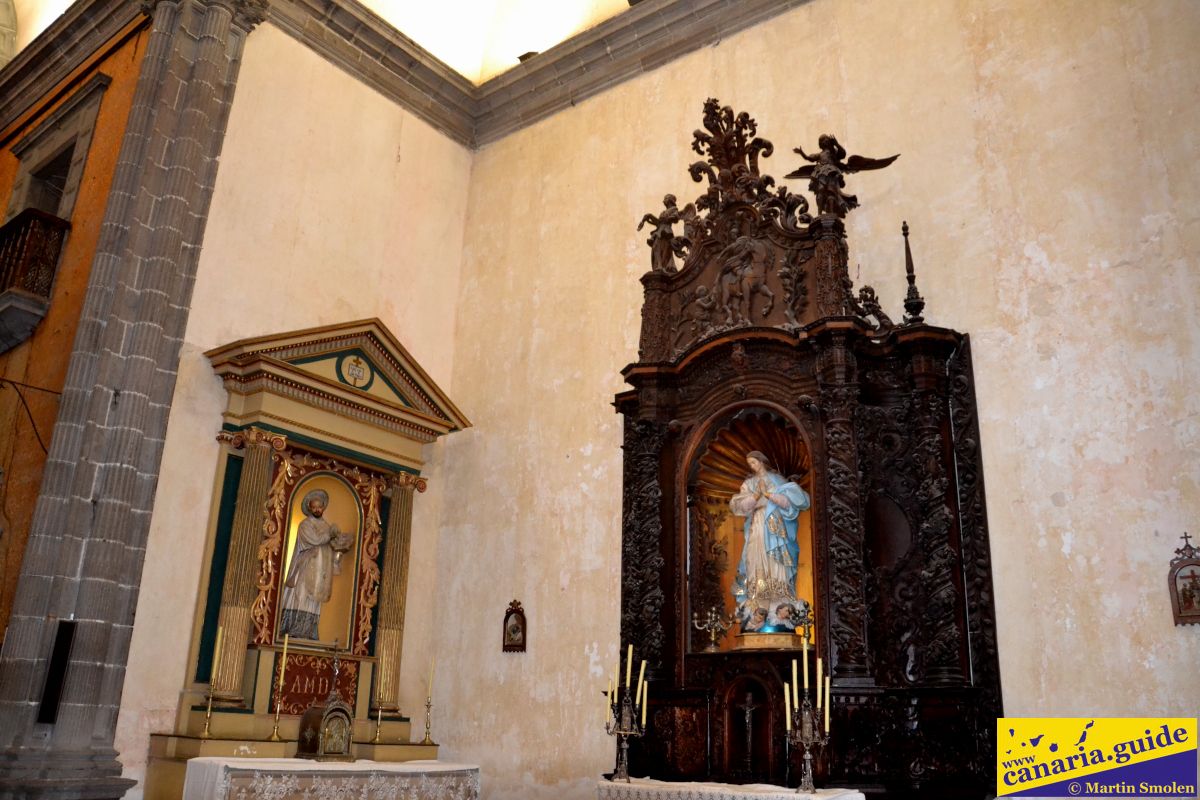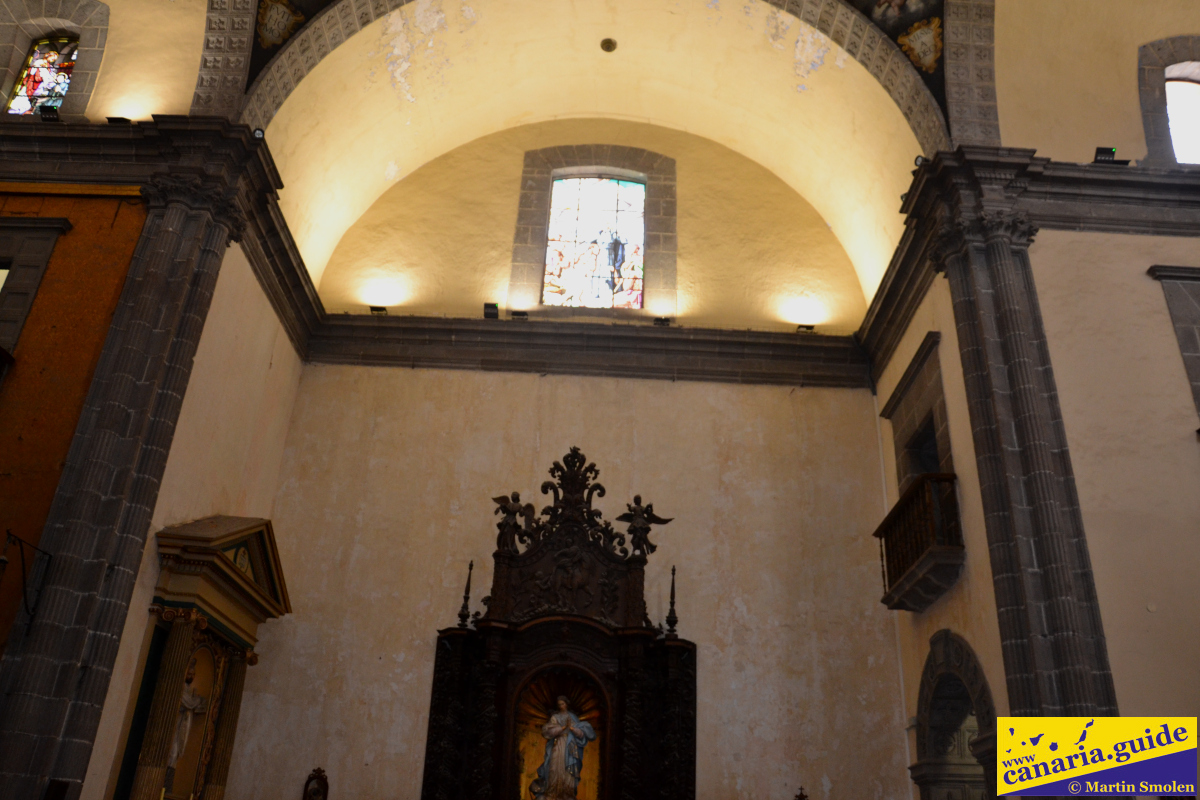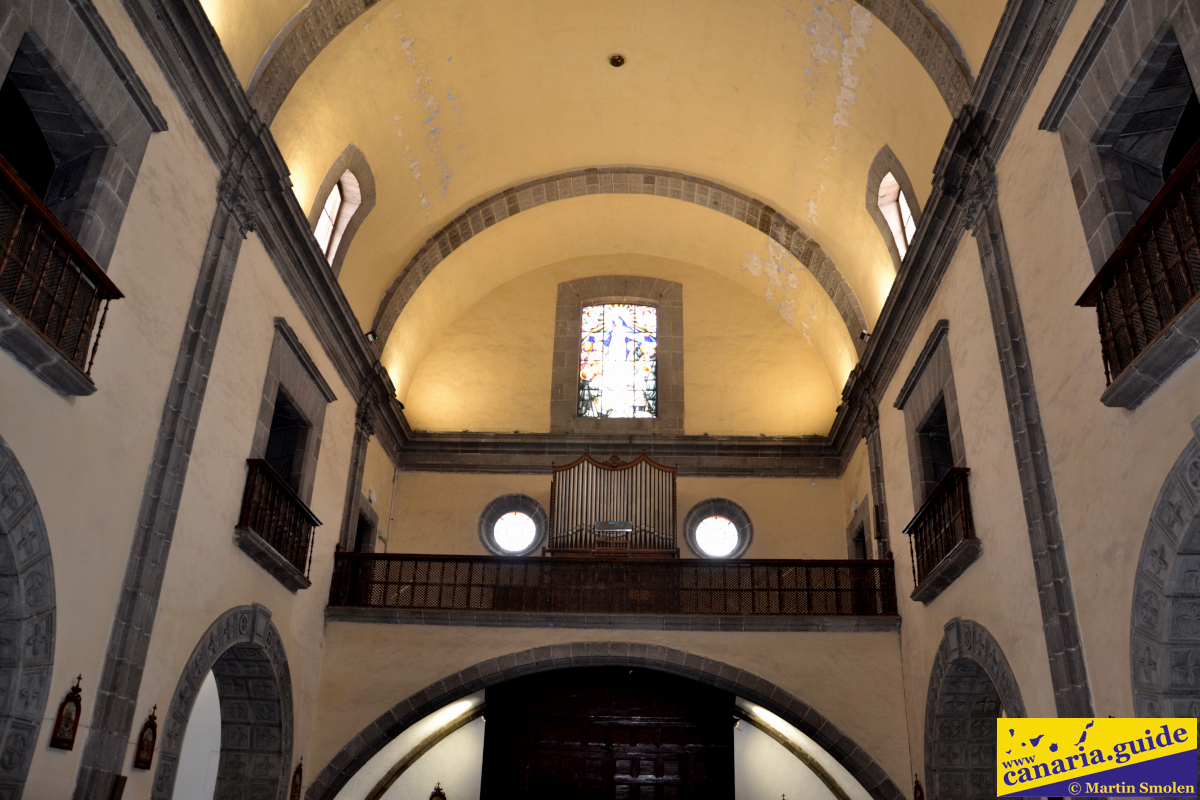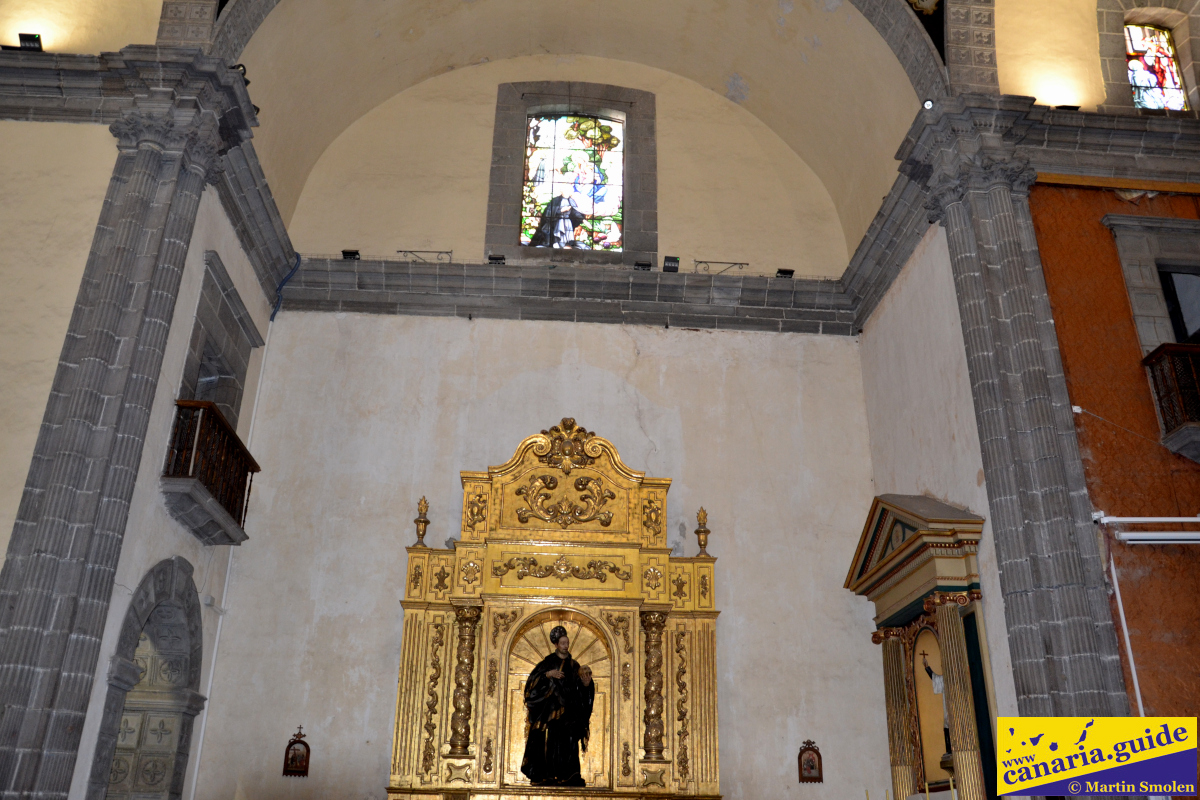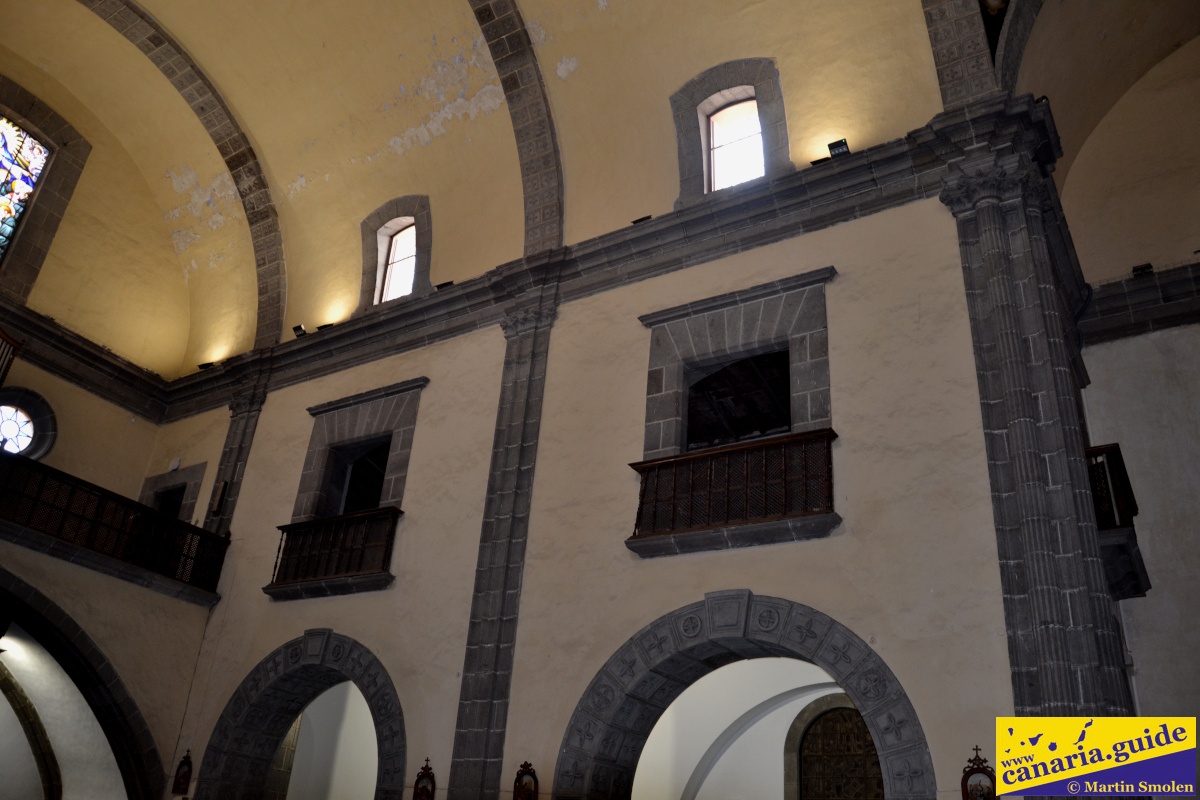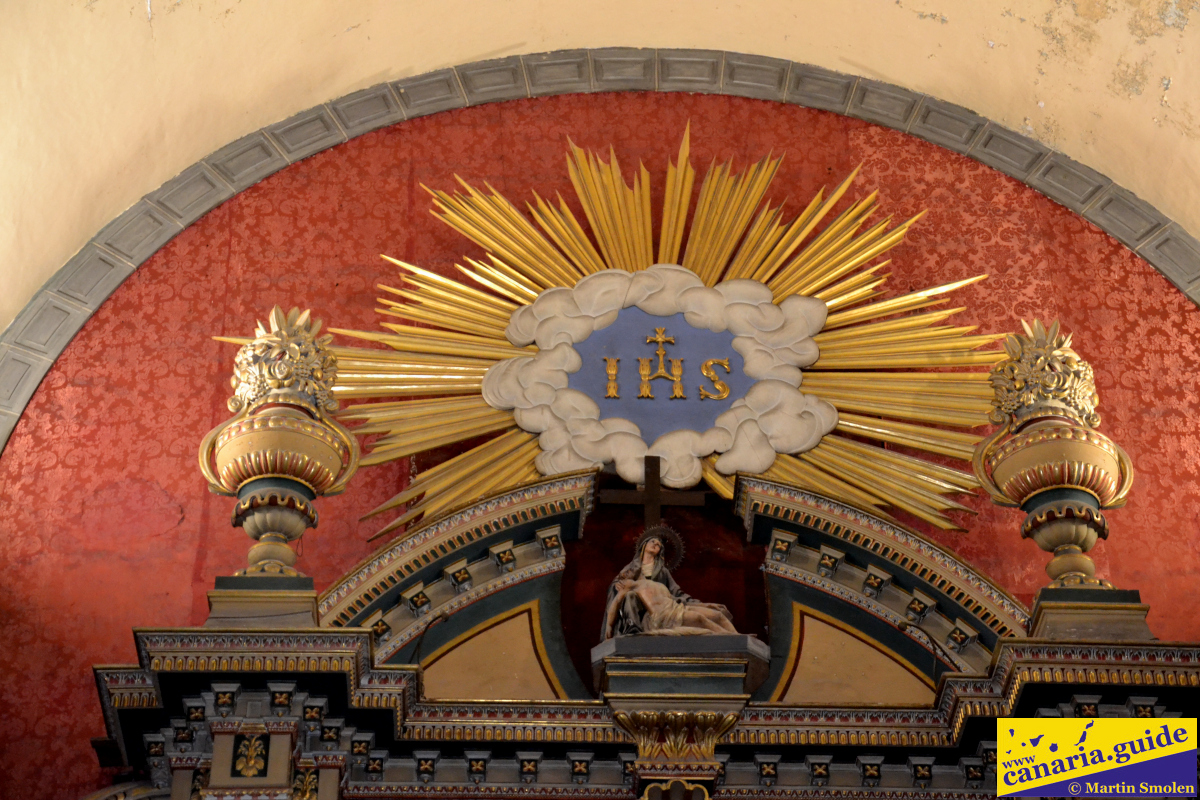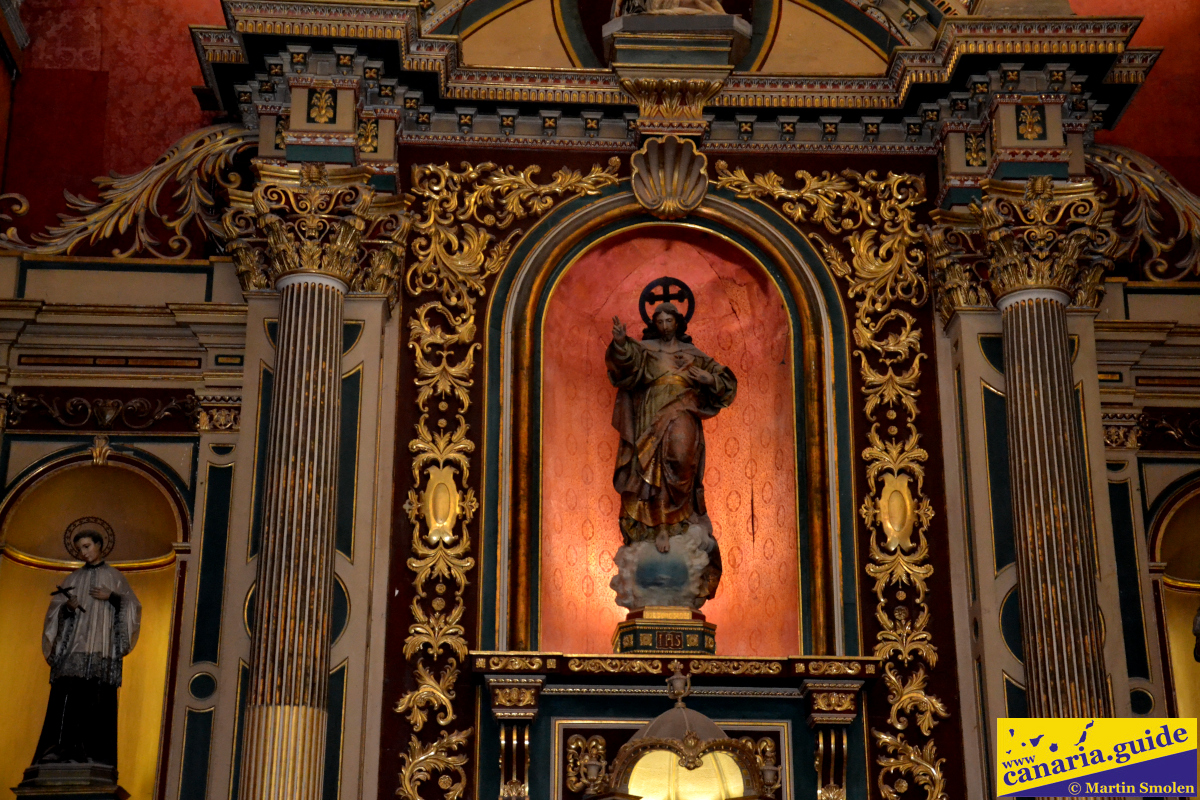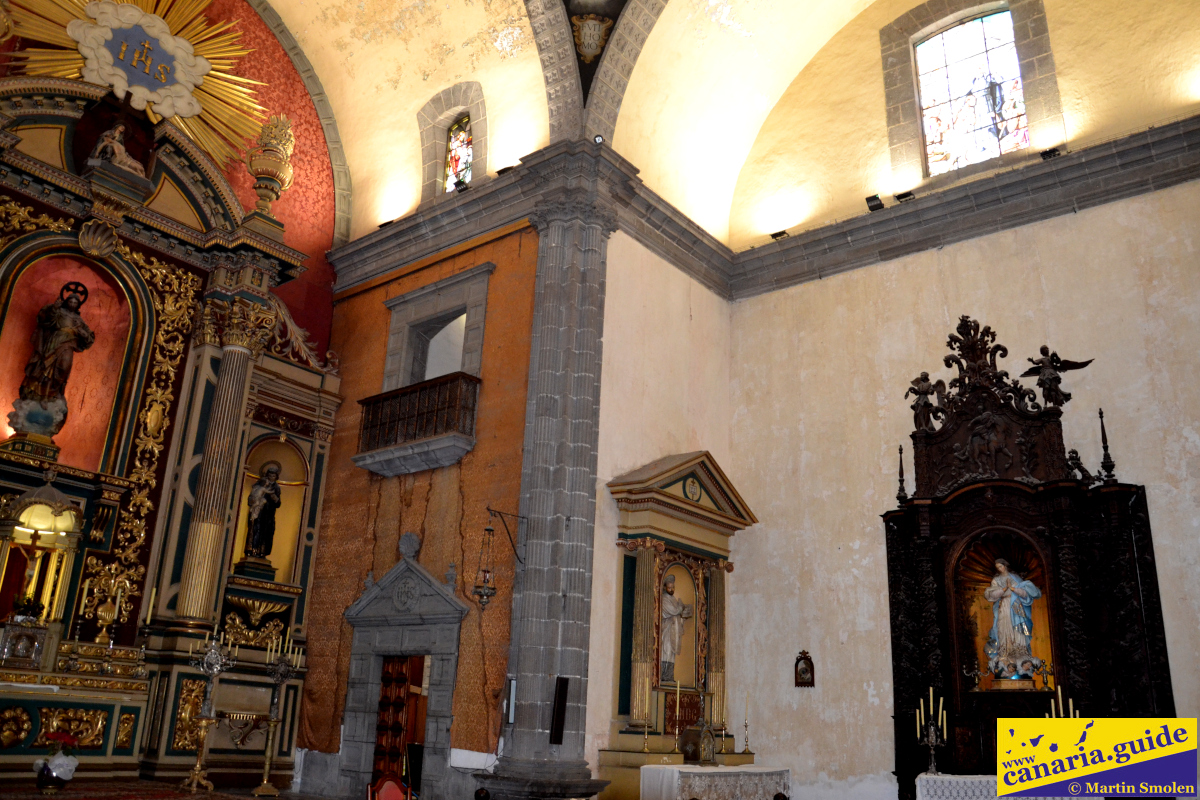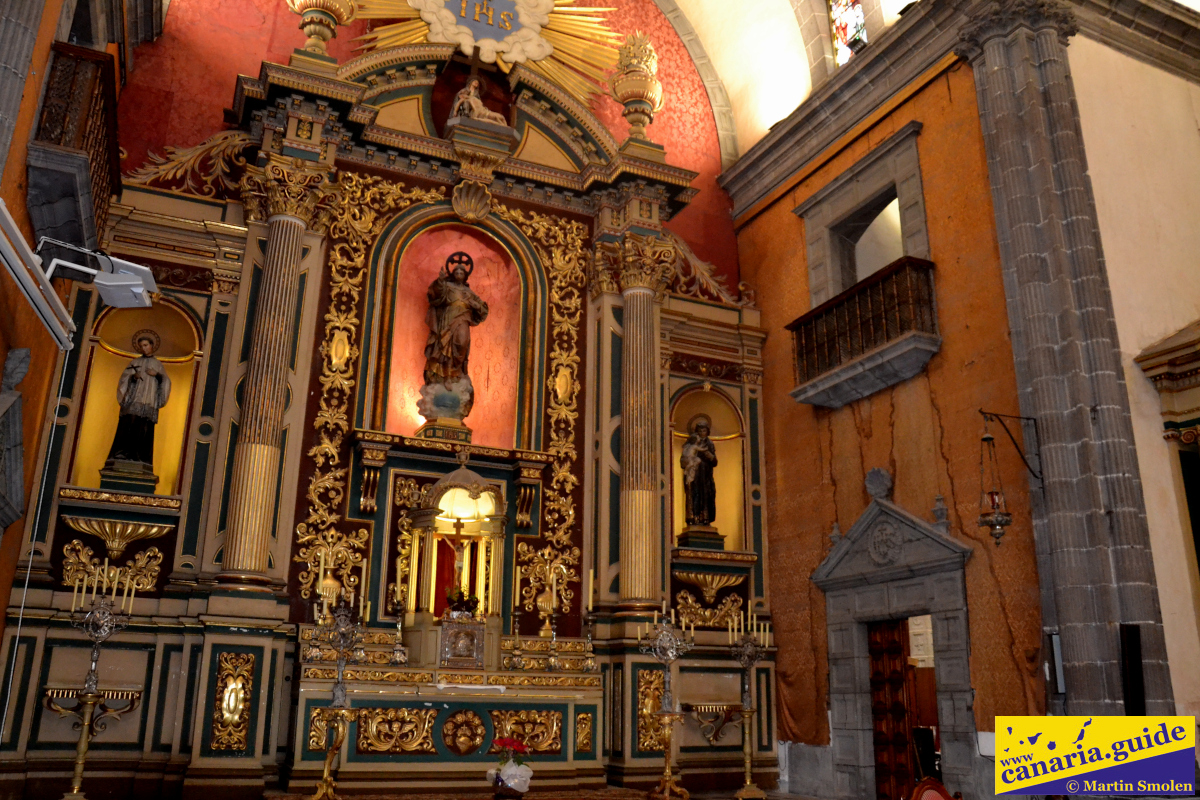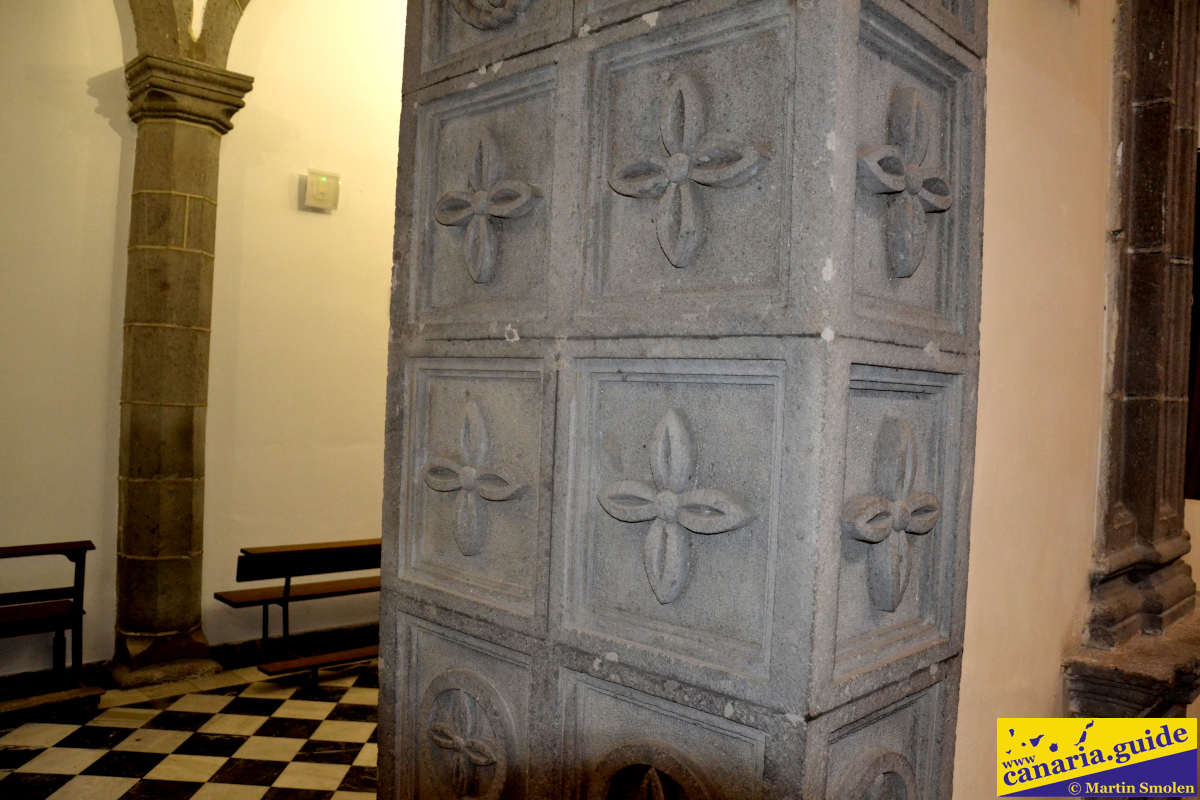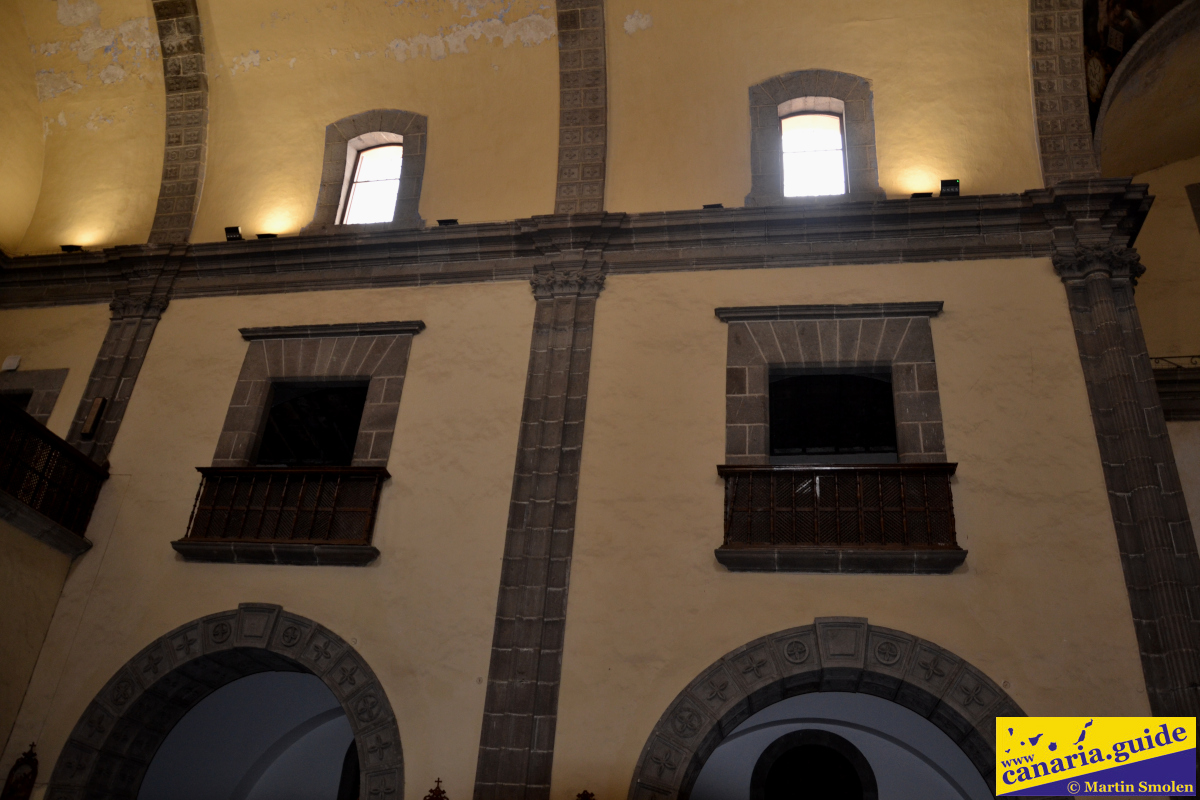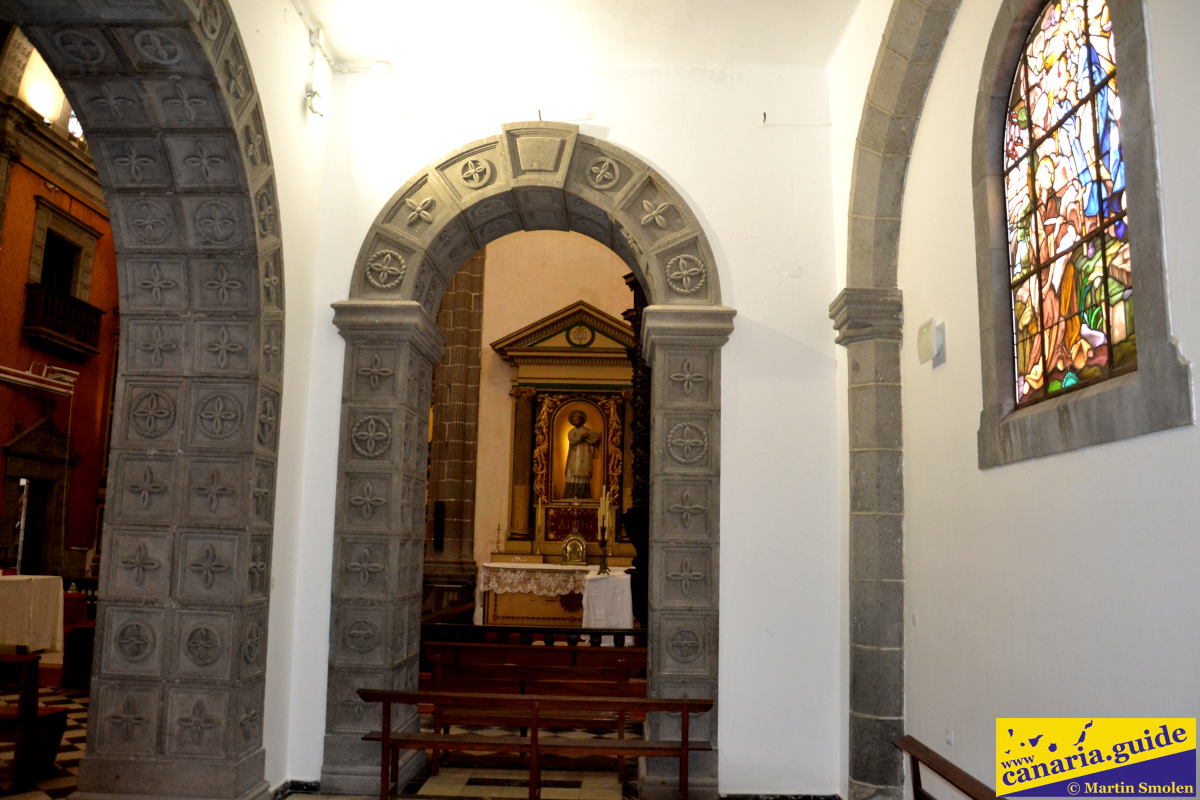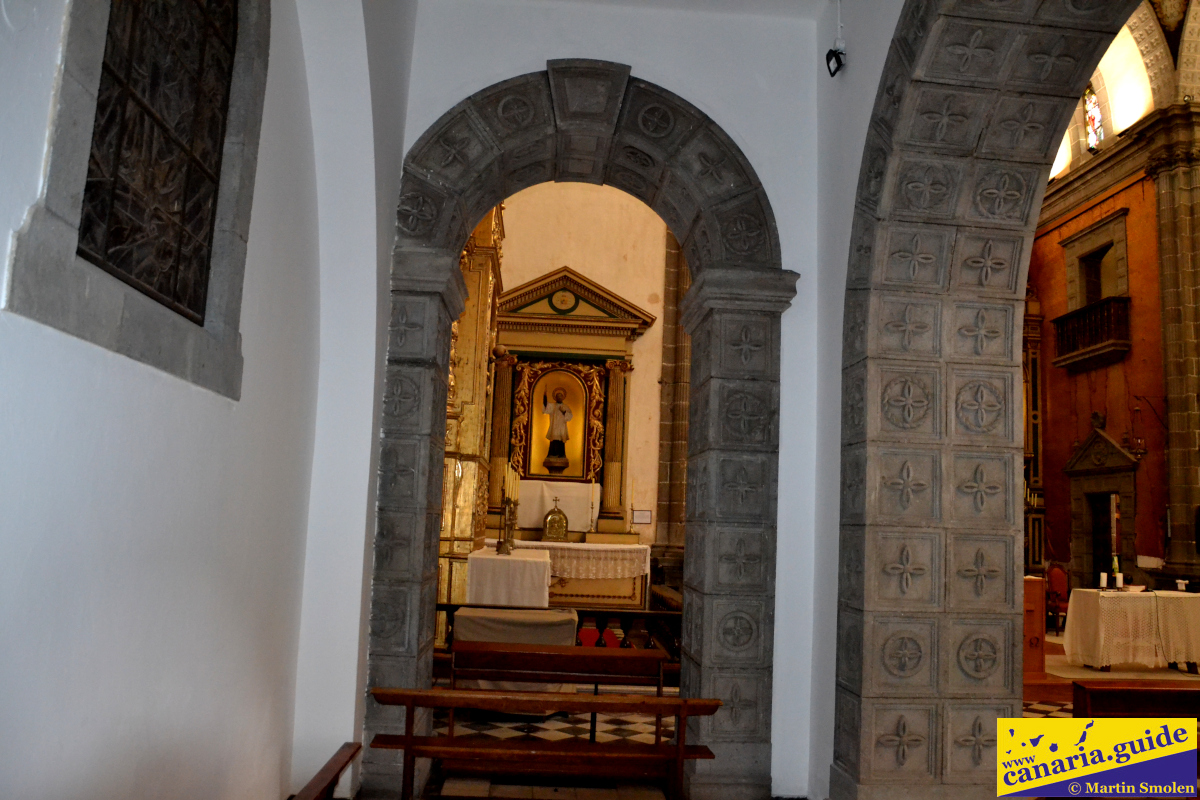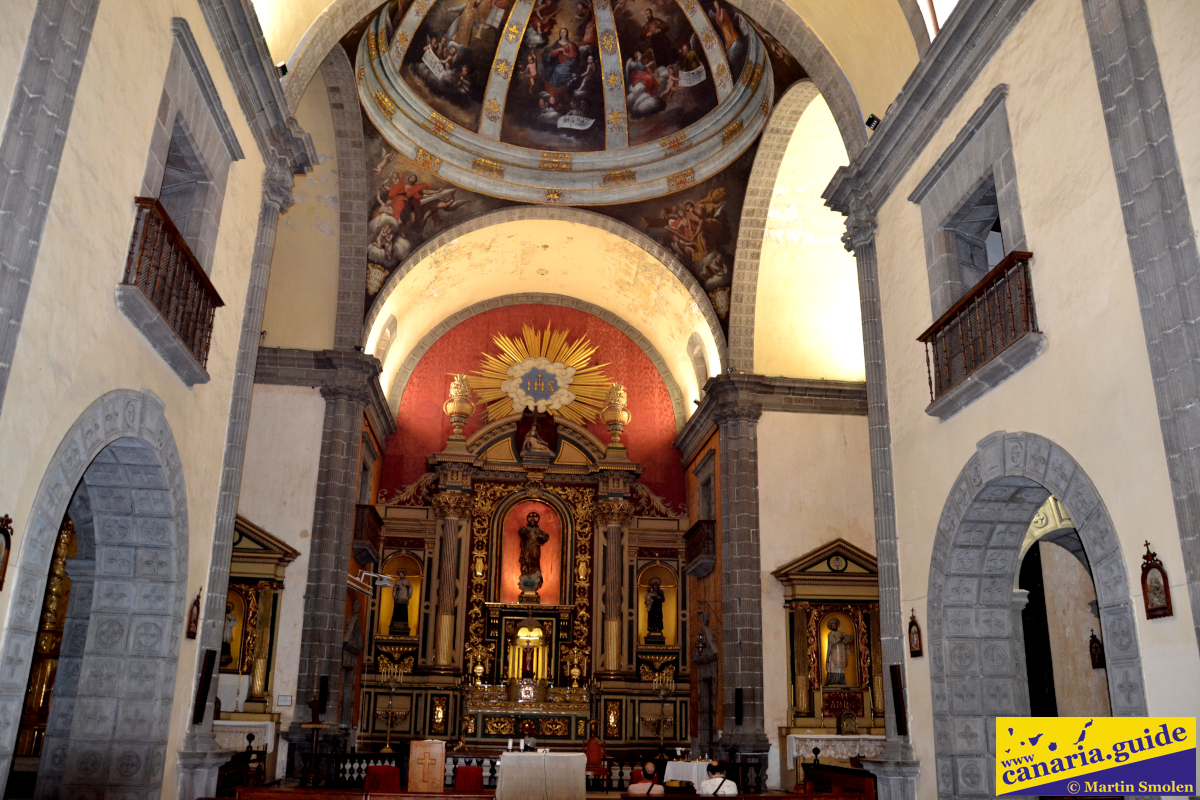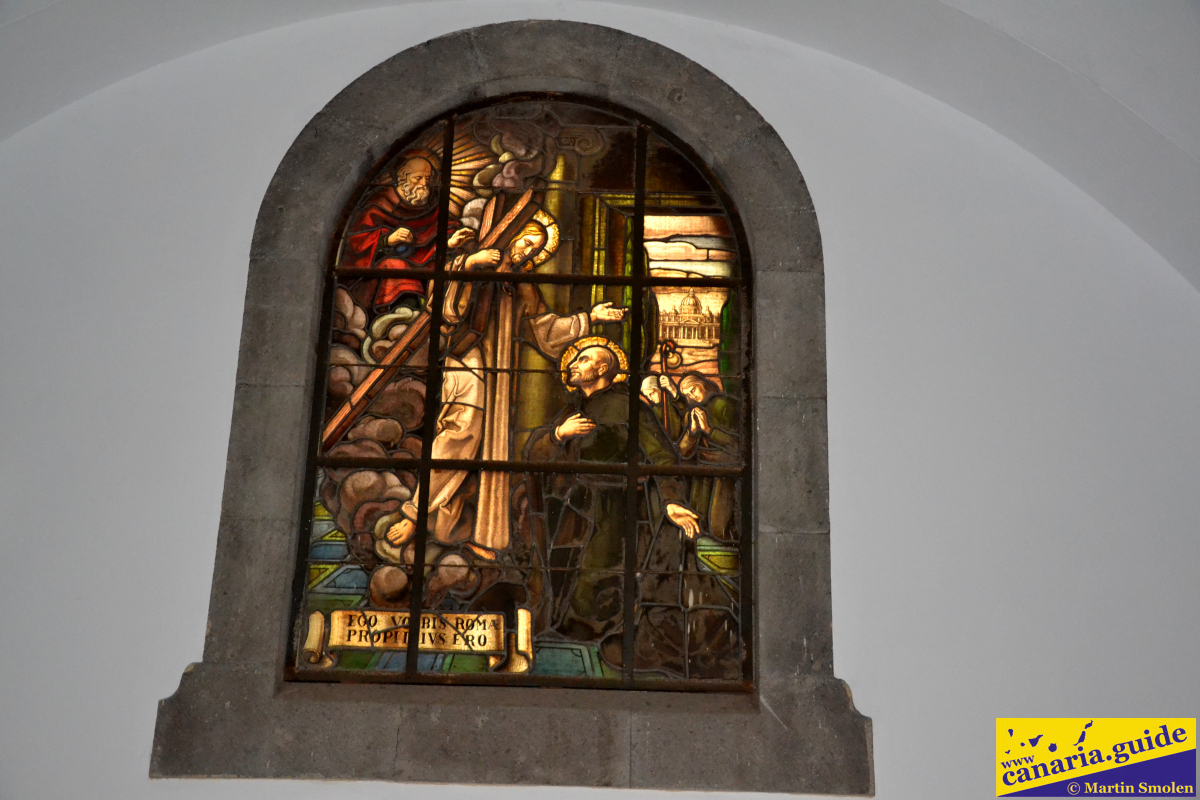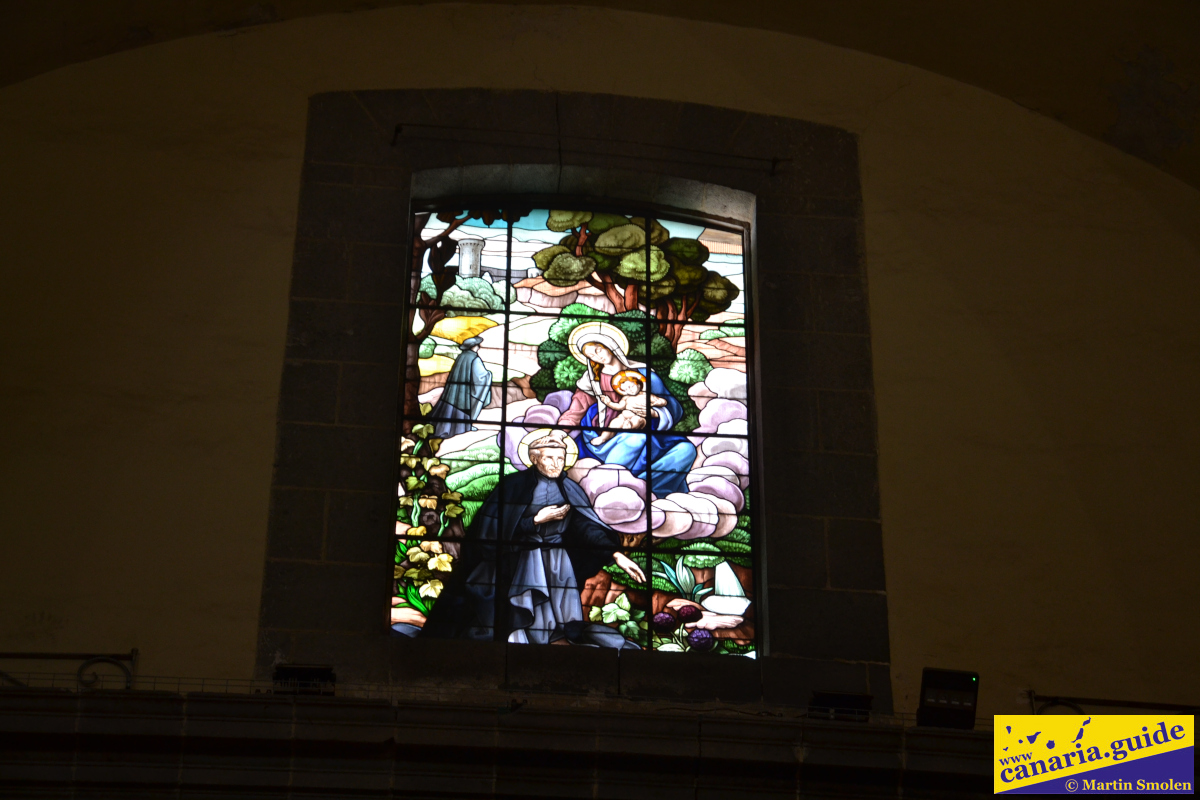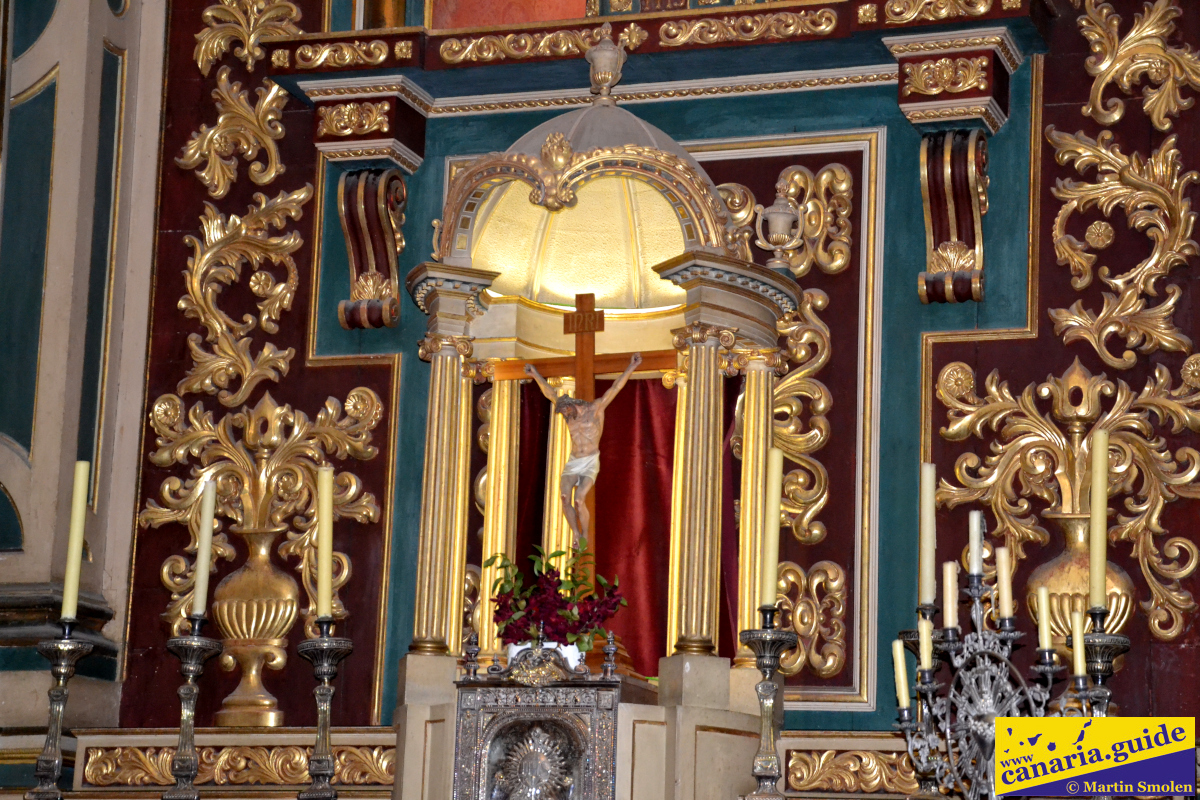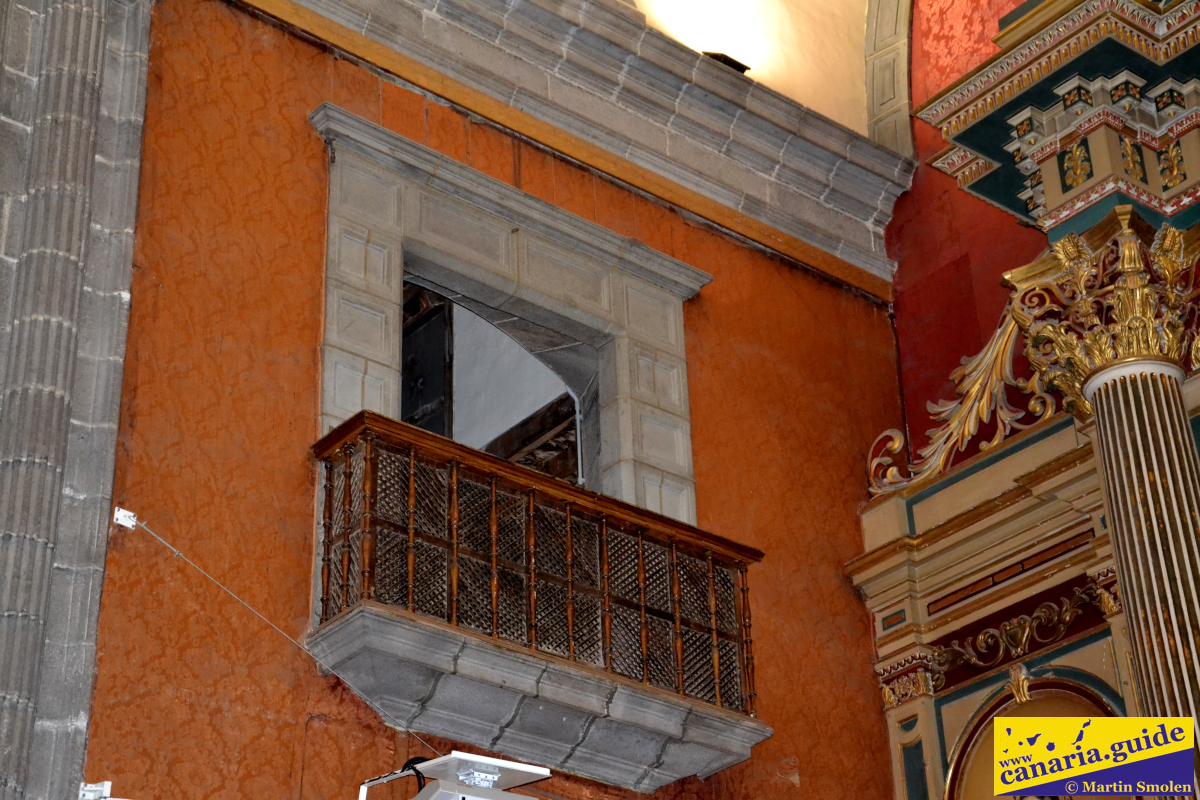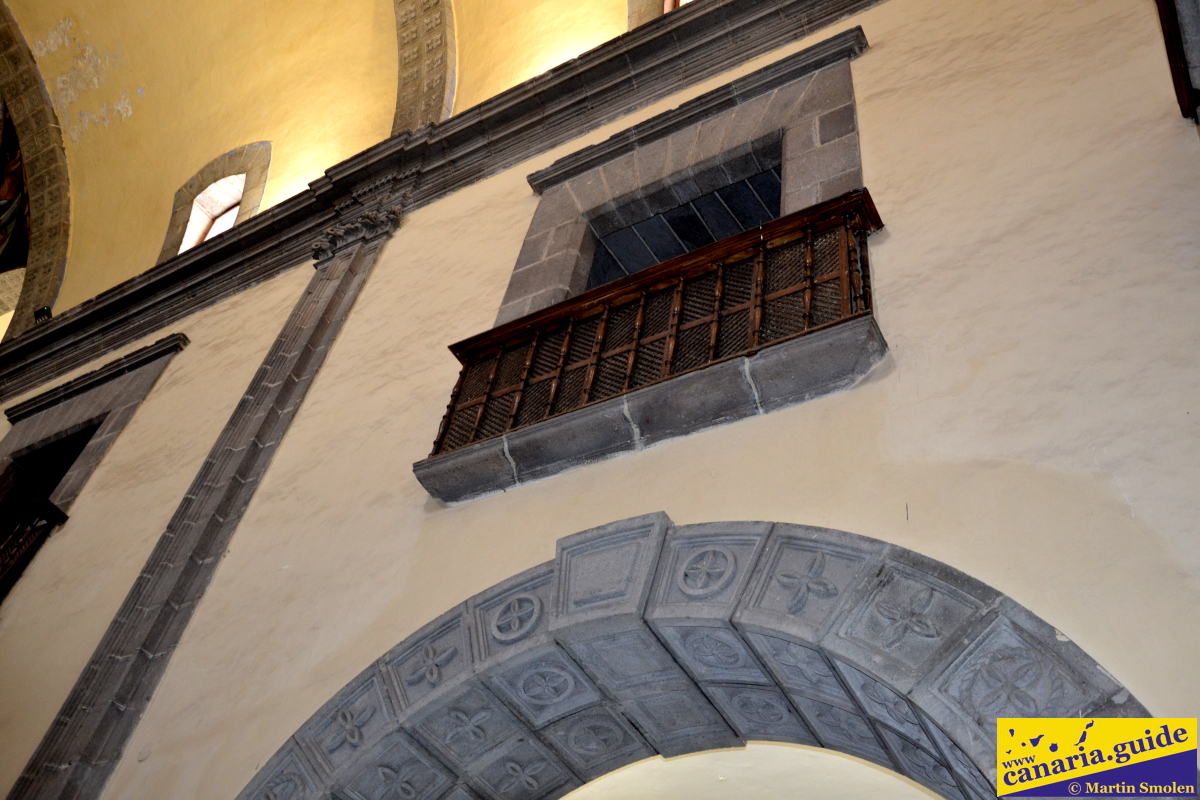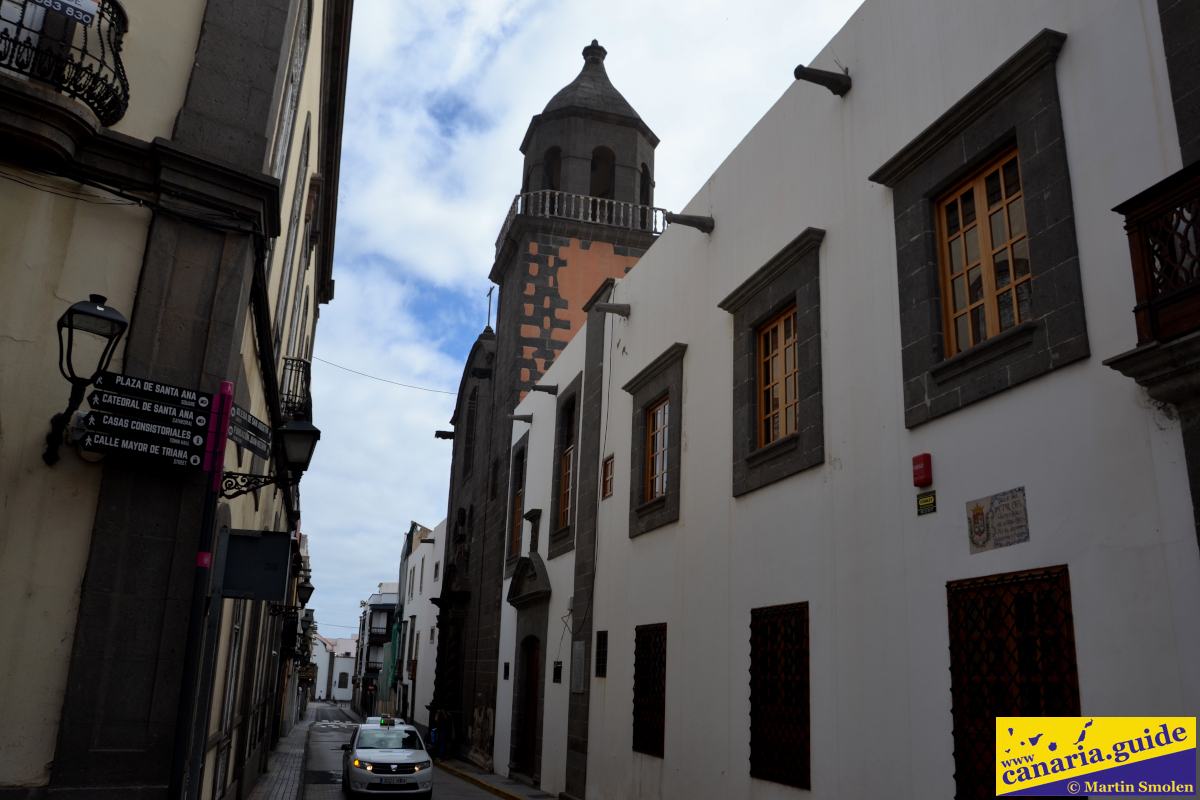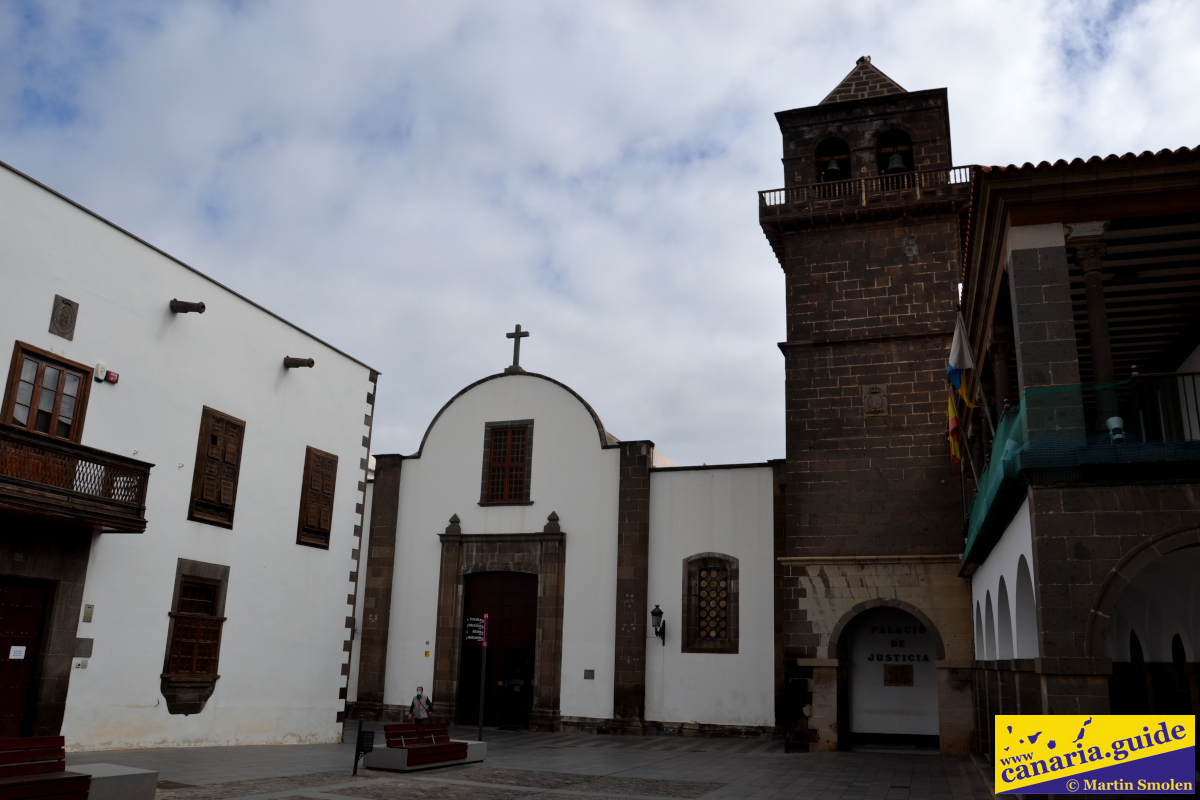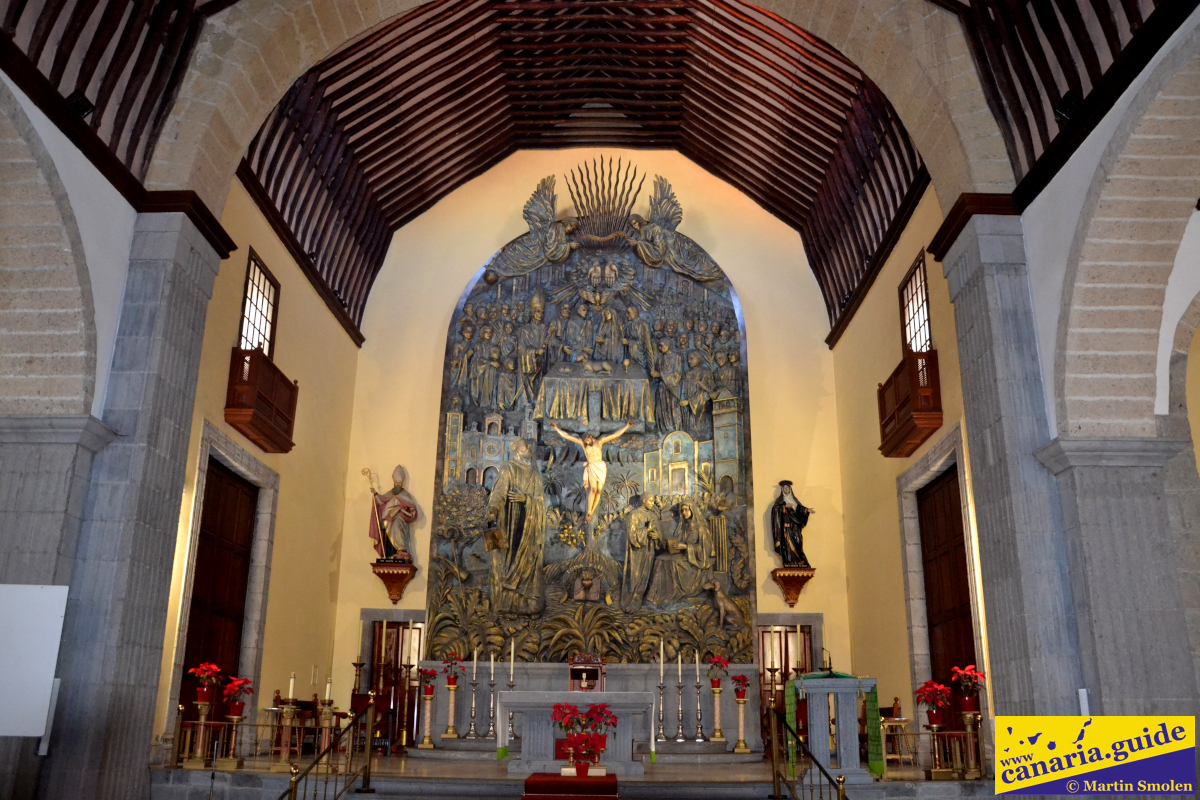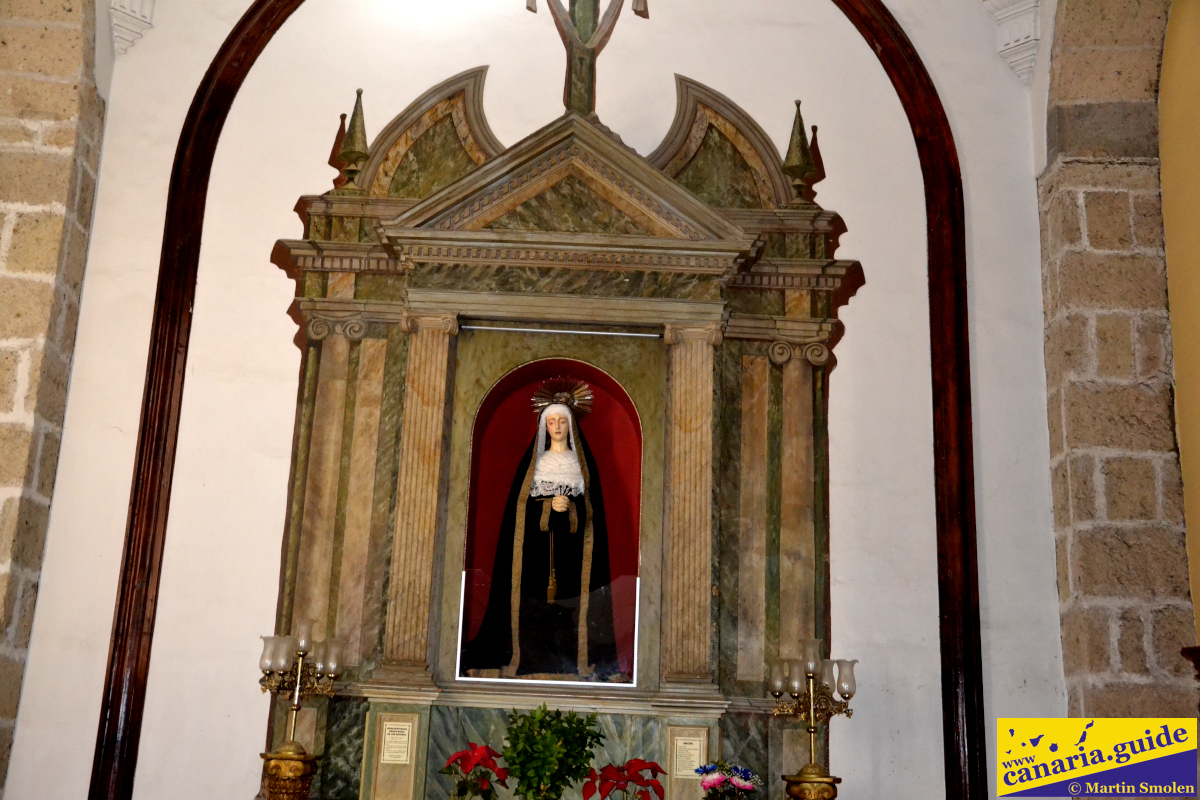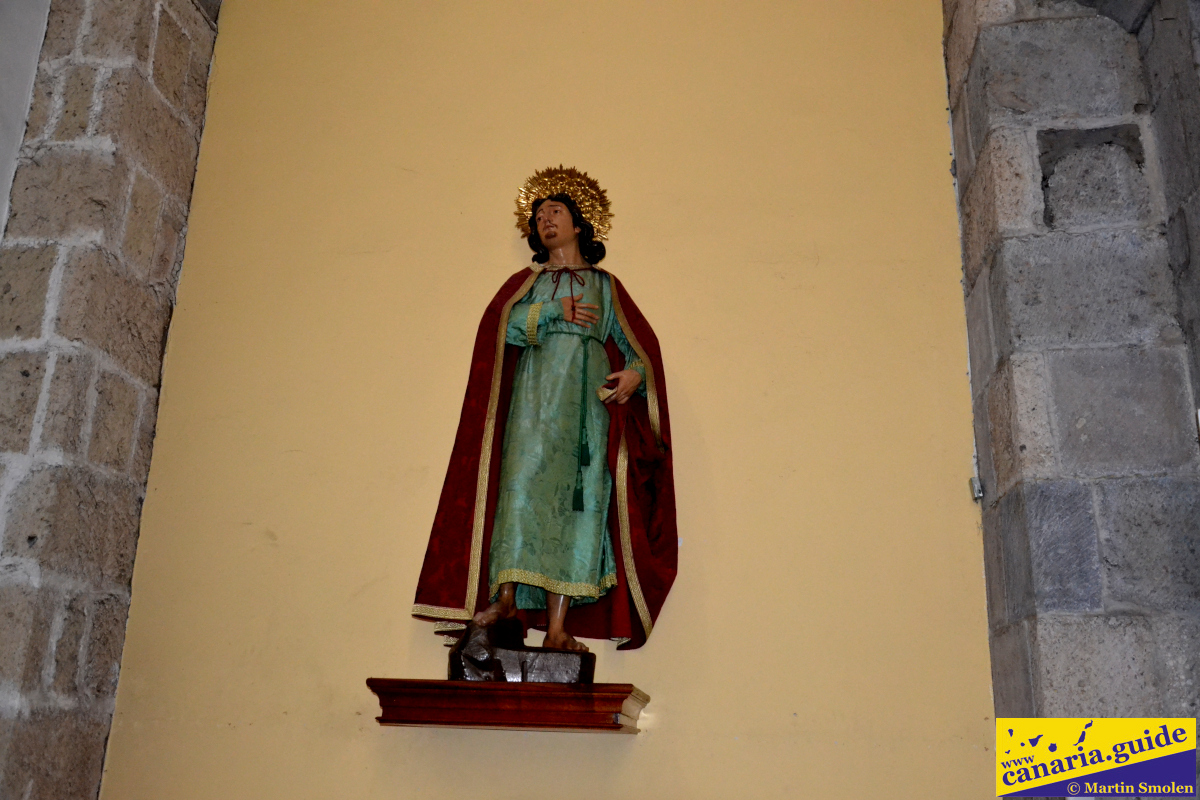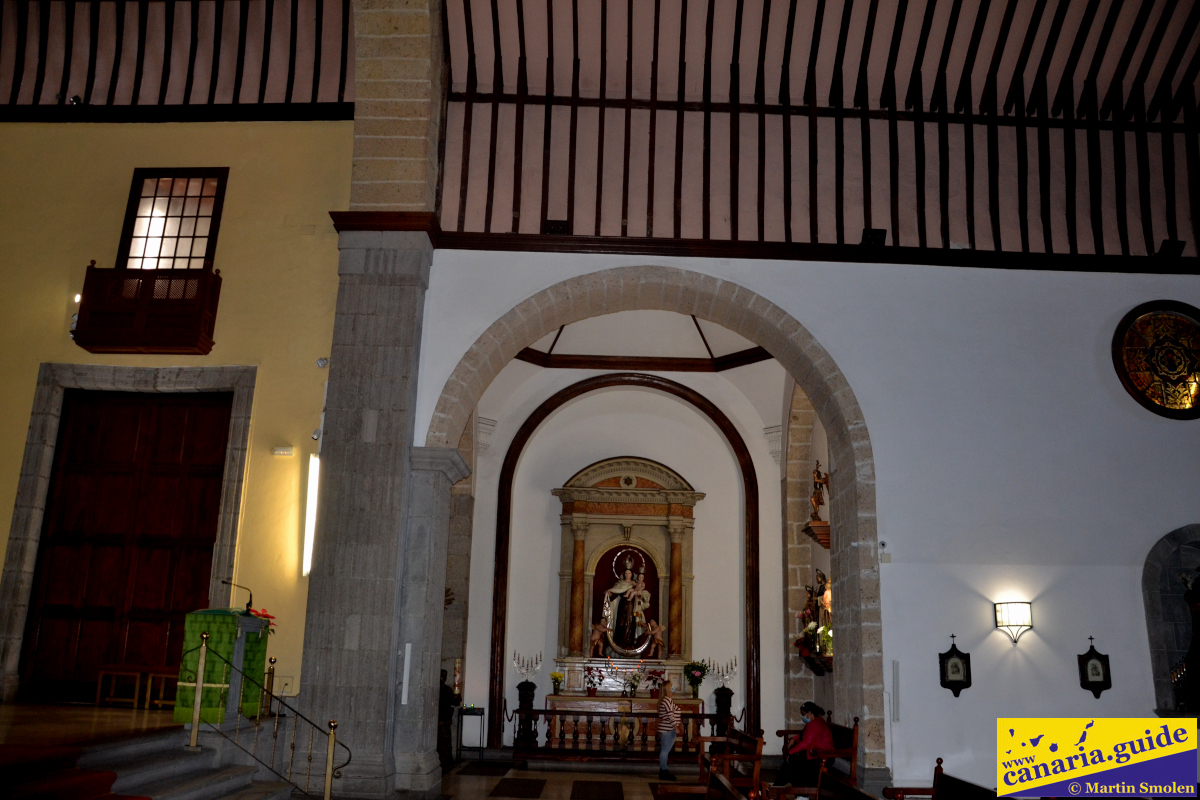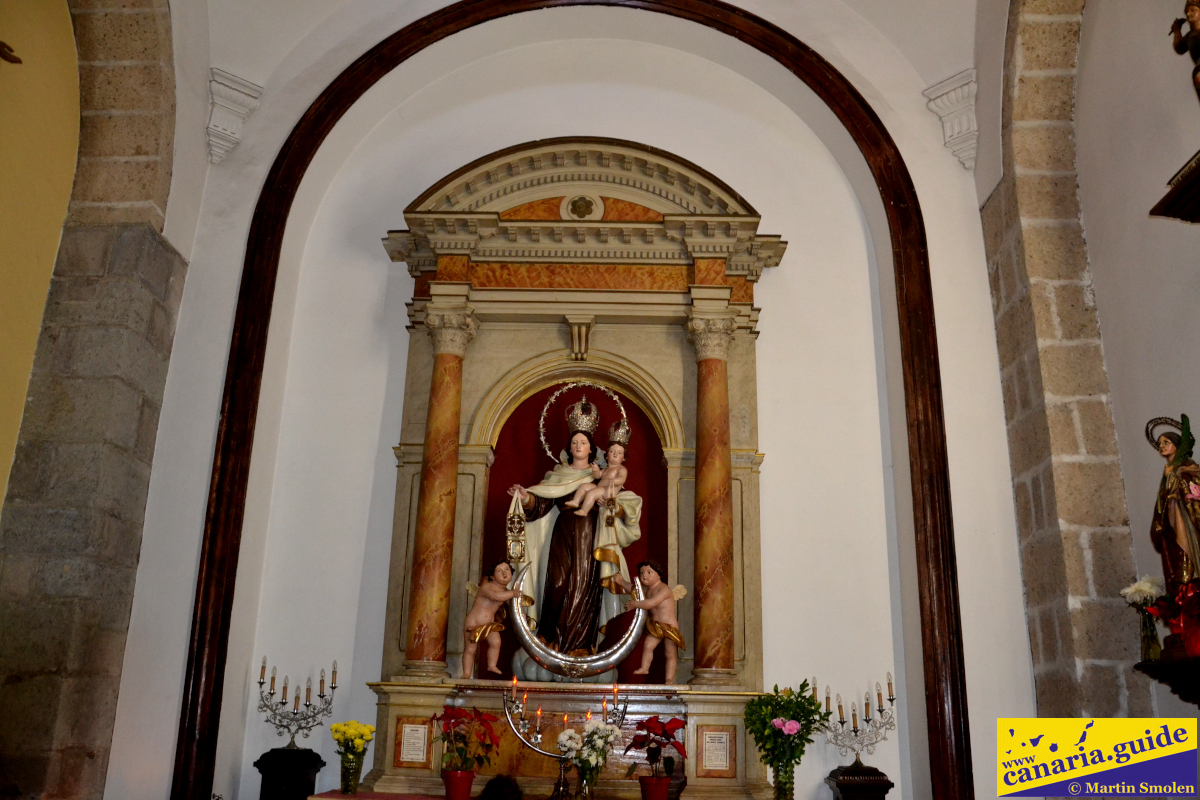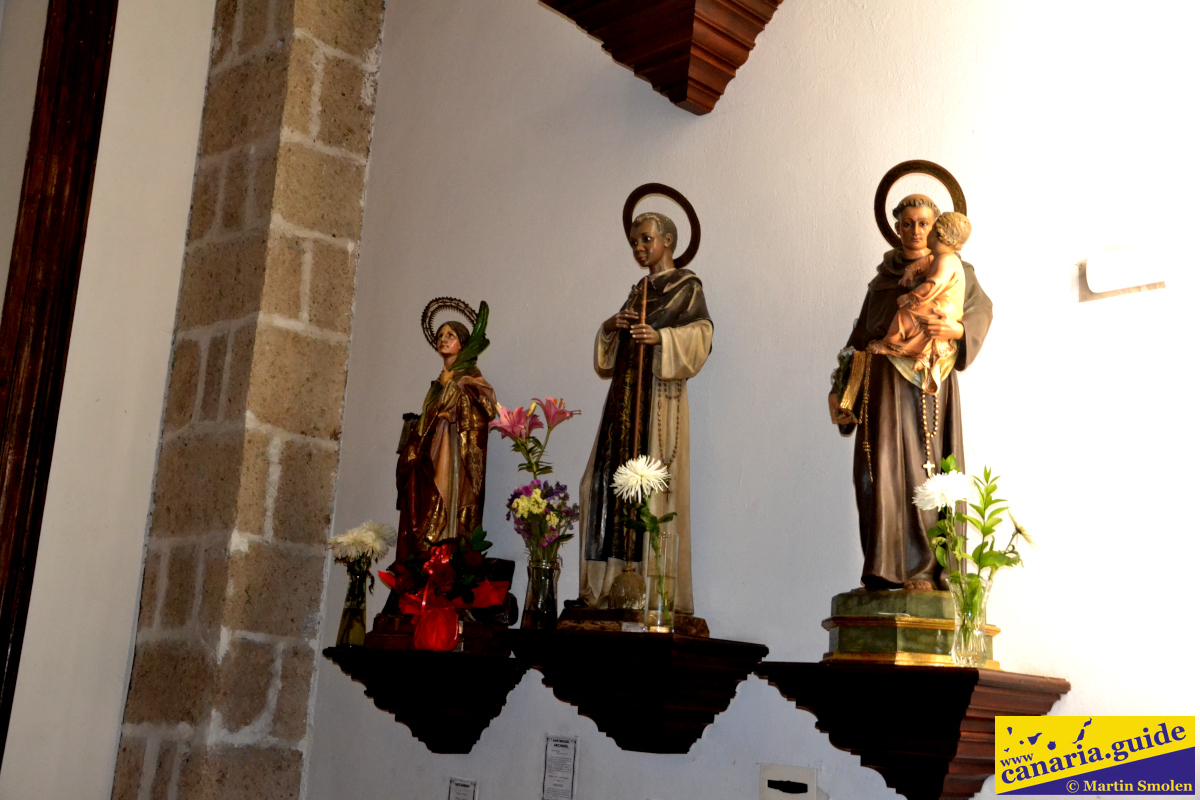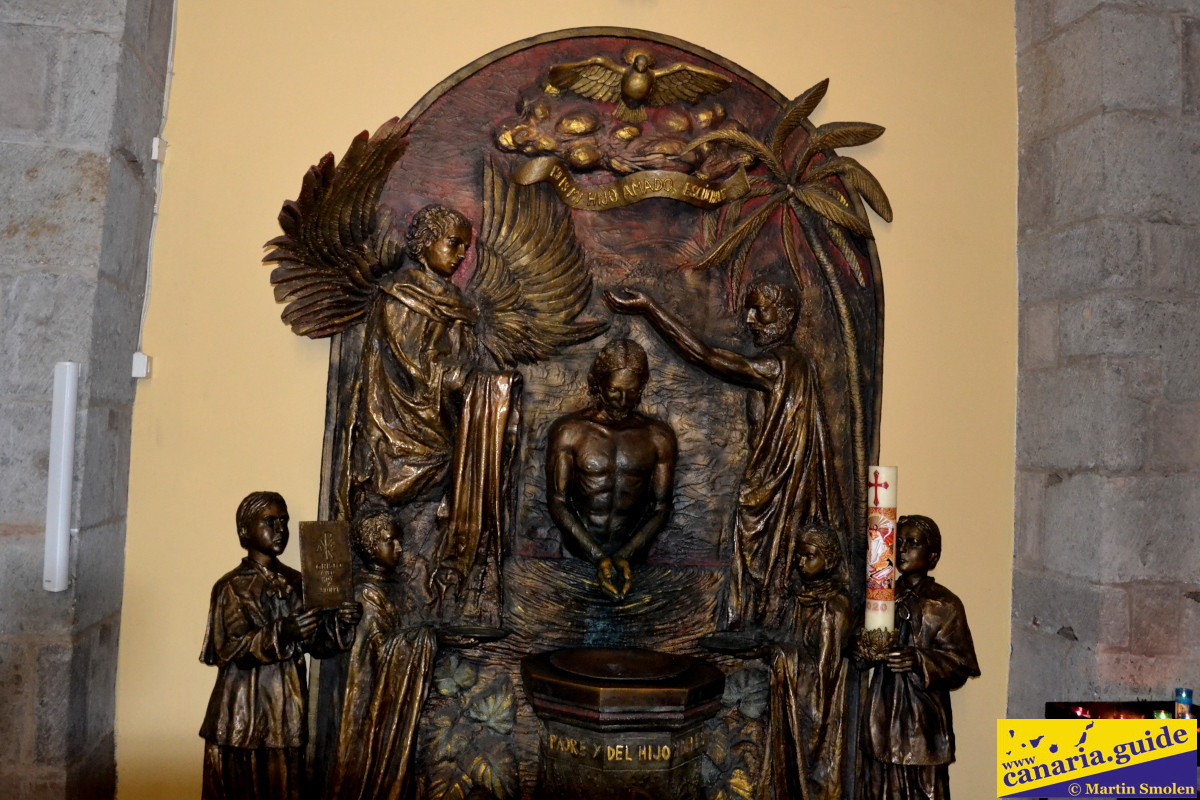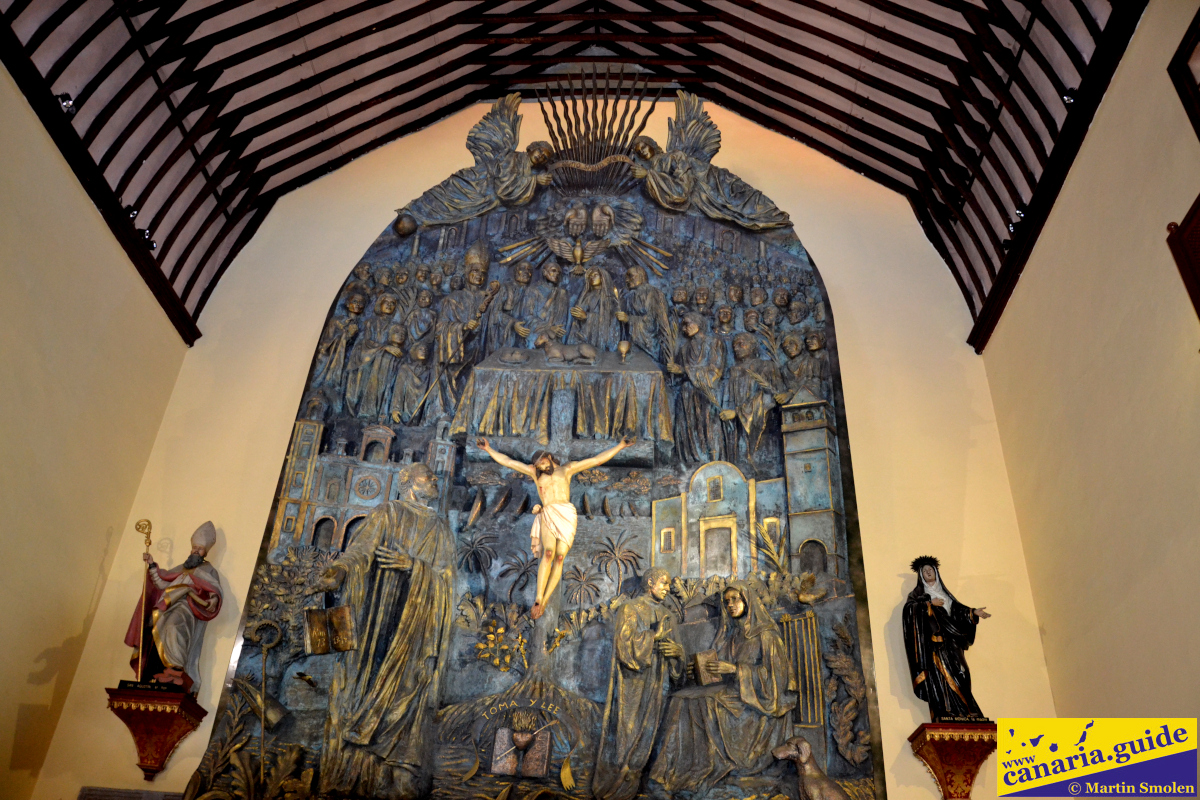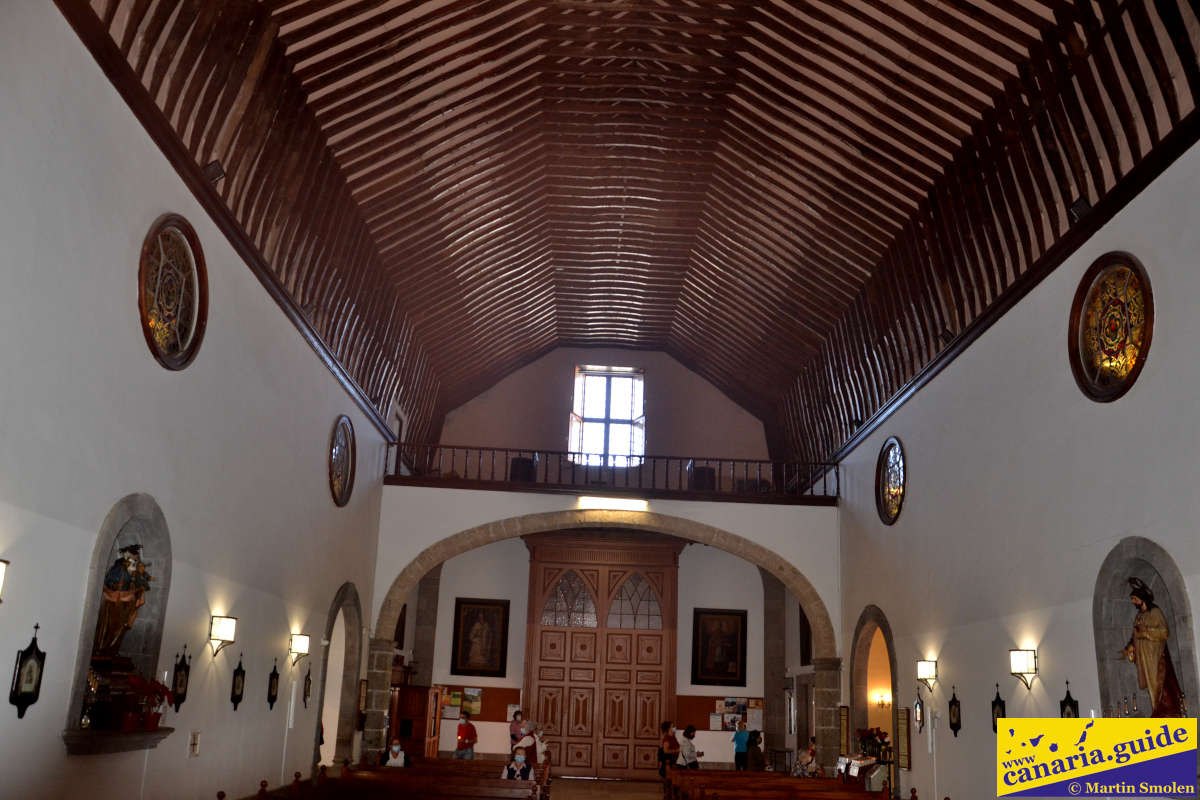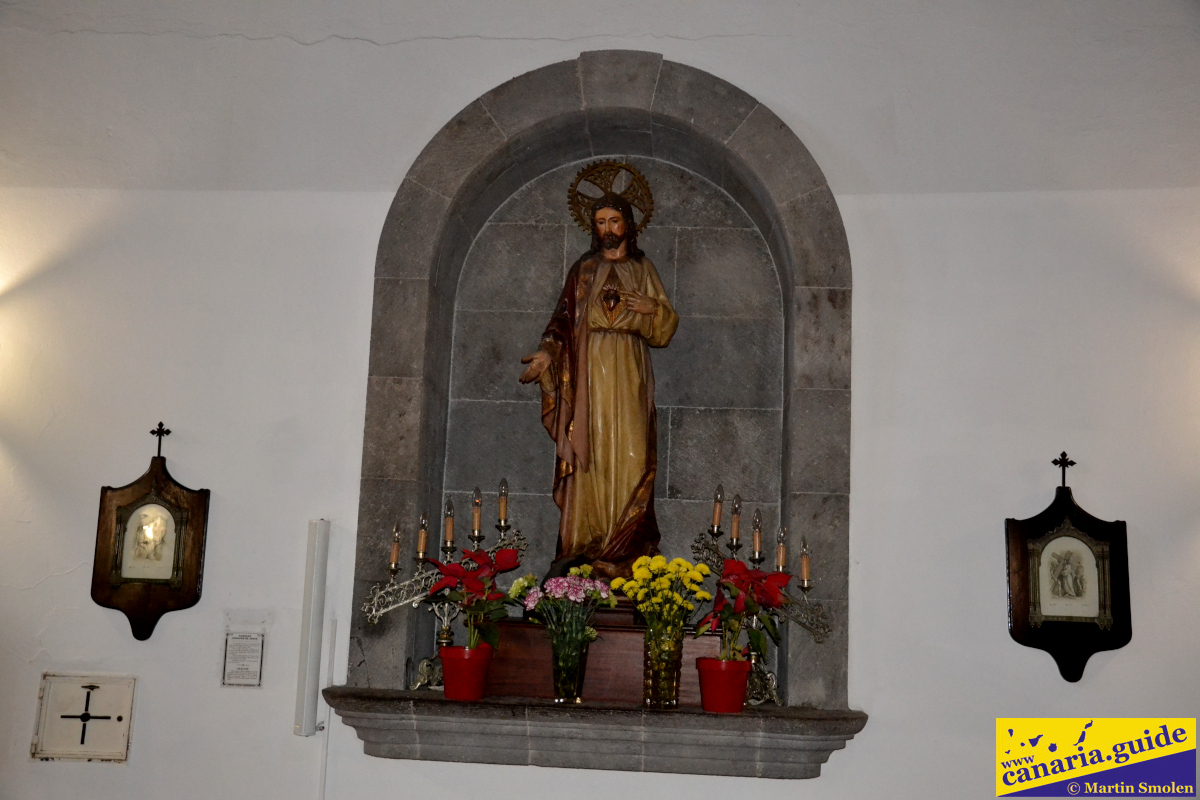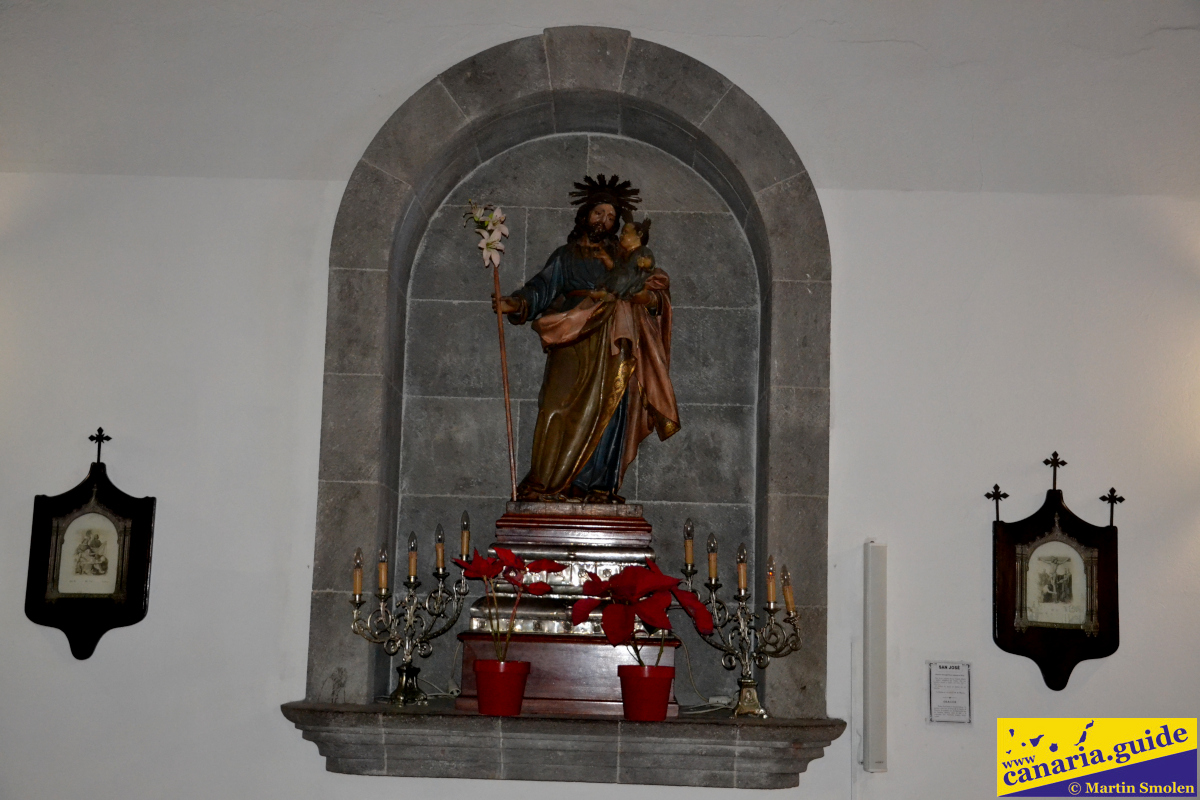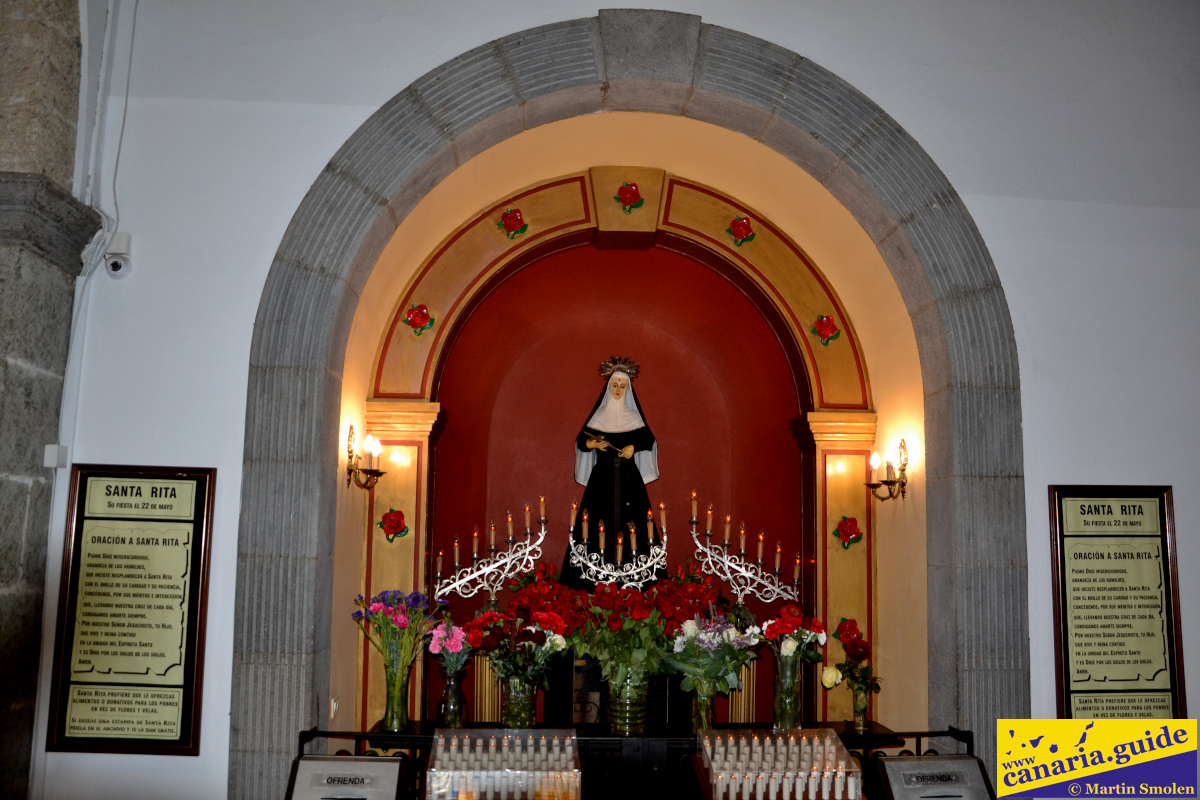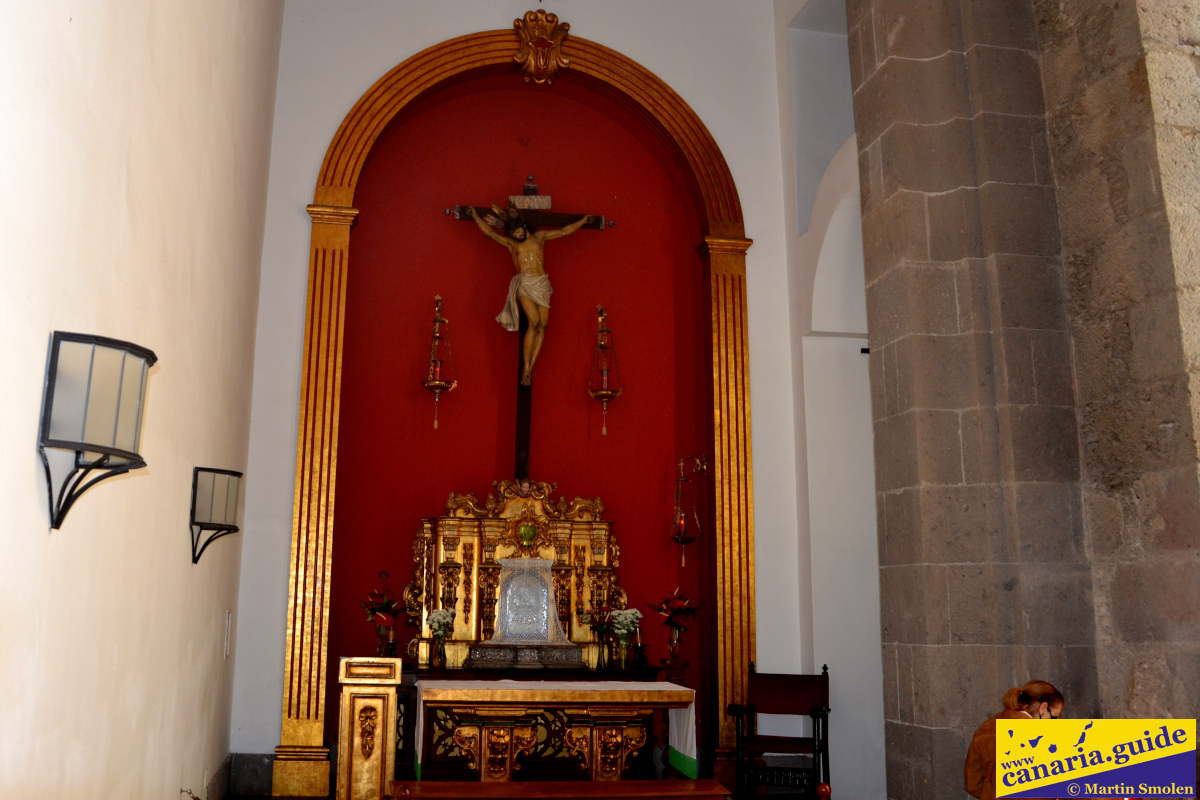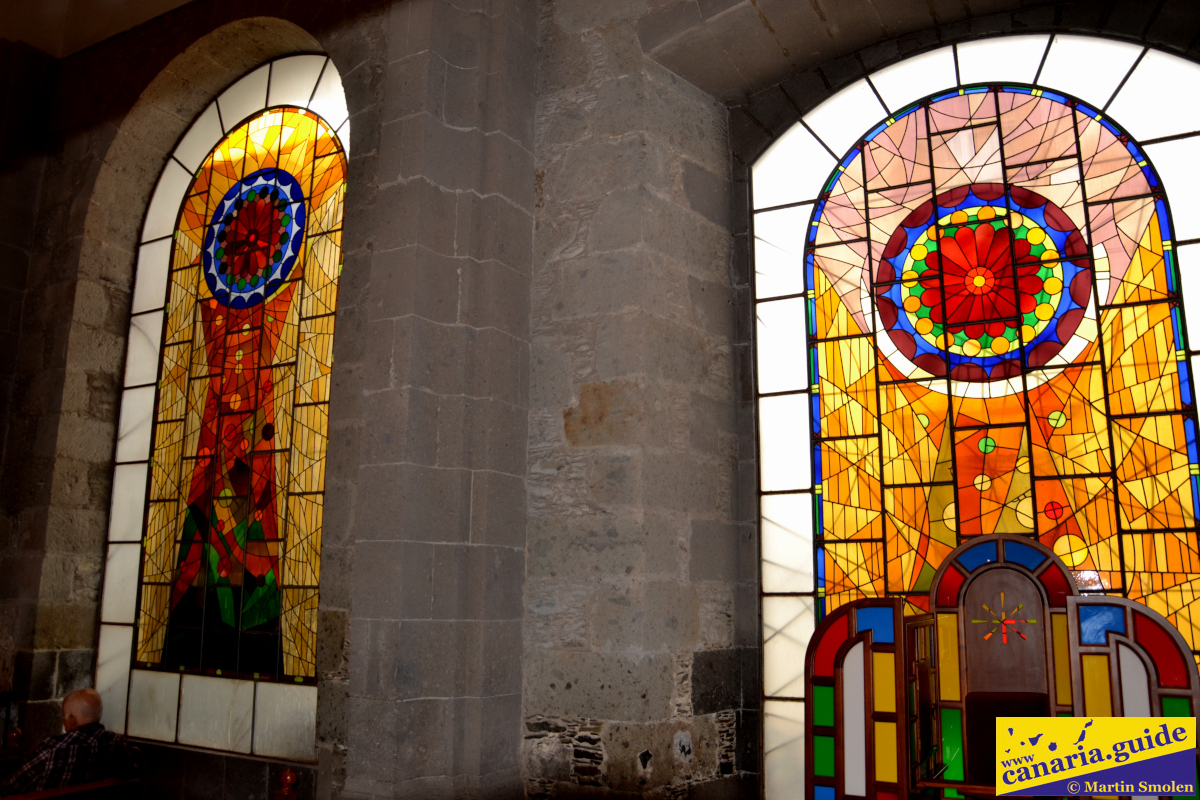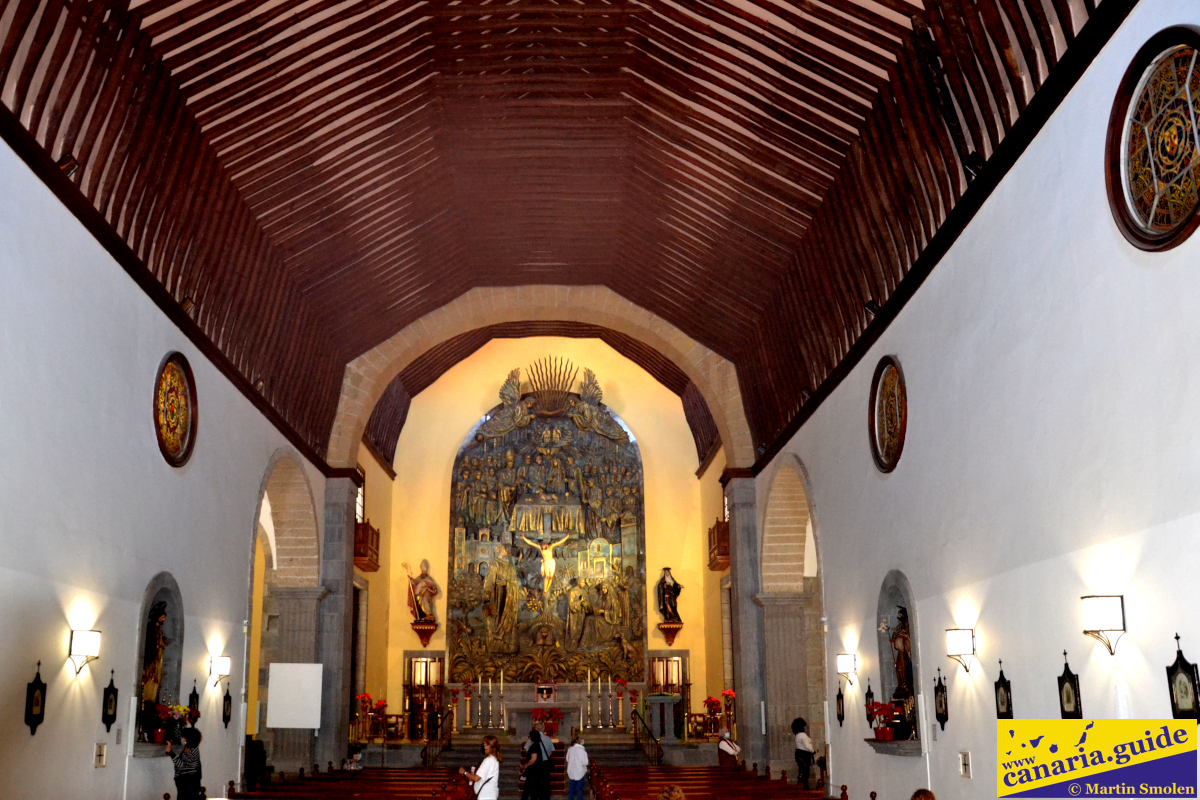Las Palmas – Vegueta
At the time of the conquest of the Canary Islands by the Spaniards, representatives of the Catholic Church, which was and still is the dominant religious community in Spain, entered the islands together with the soldiers. This brought with it, of course, the construction of churches. At first they were small hermitages, which later began to replace churches.
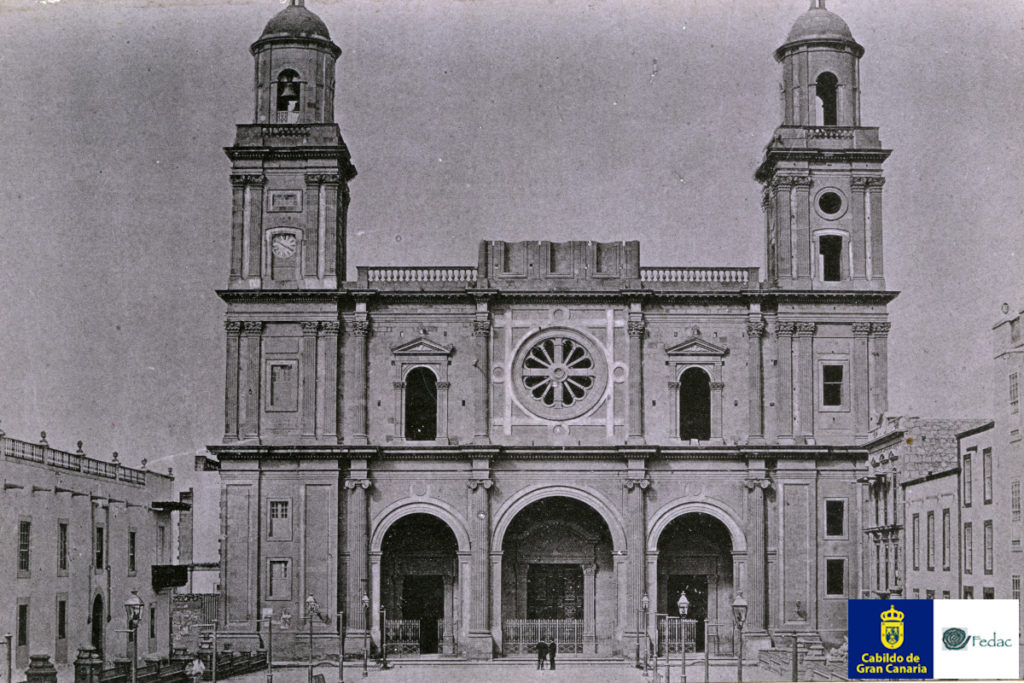
There are several interesting buildings on the island of Gran Canaria. Some of them have a history of centuries, some have only been in place for a few decades. Let’s look together at, in my opinion, the most interesting churches of the island. But I will give more space to photos than words.
Metropolitan Cathedral of Santa Ana de Canarias
Plaza Santa Ana, 13, Vegueta
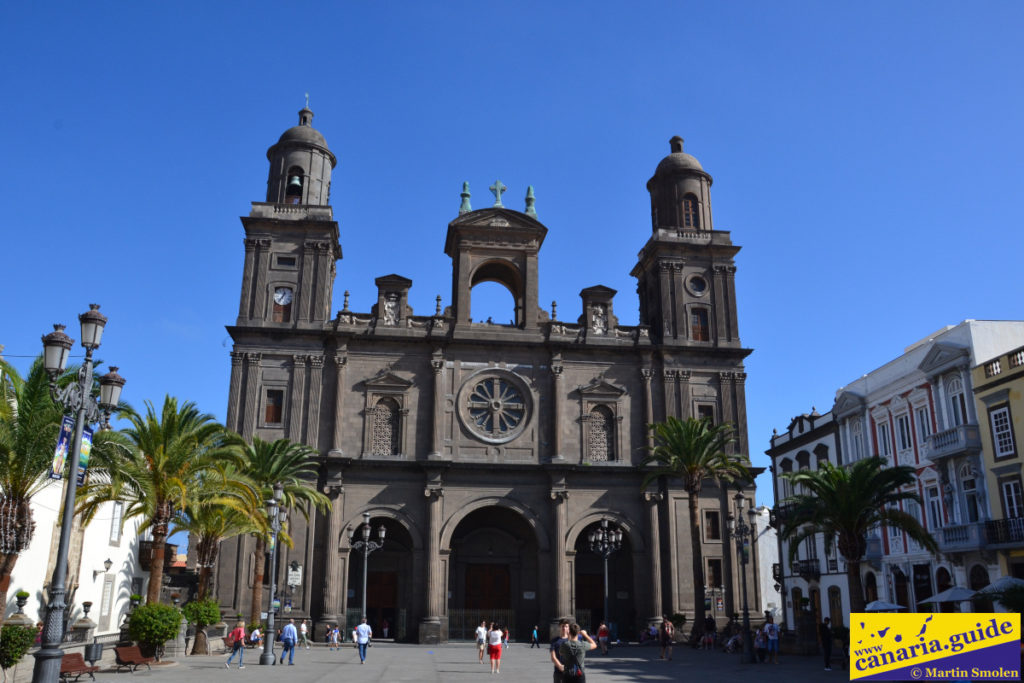
Cathedral of St. Ana is the dominant feature of Las Palmas. It is officially called La Santa Iglesia Catedral-Básilica de Canarias. The cathedral is the main temple of the Diocese of Canarias. It is located in Vegueta, Las Palmas de Gran Canaria’s historic quarter. You will definitely not miss it during your visit to the city. It is considered the most important monument of Canarian religious architecture.
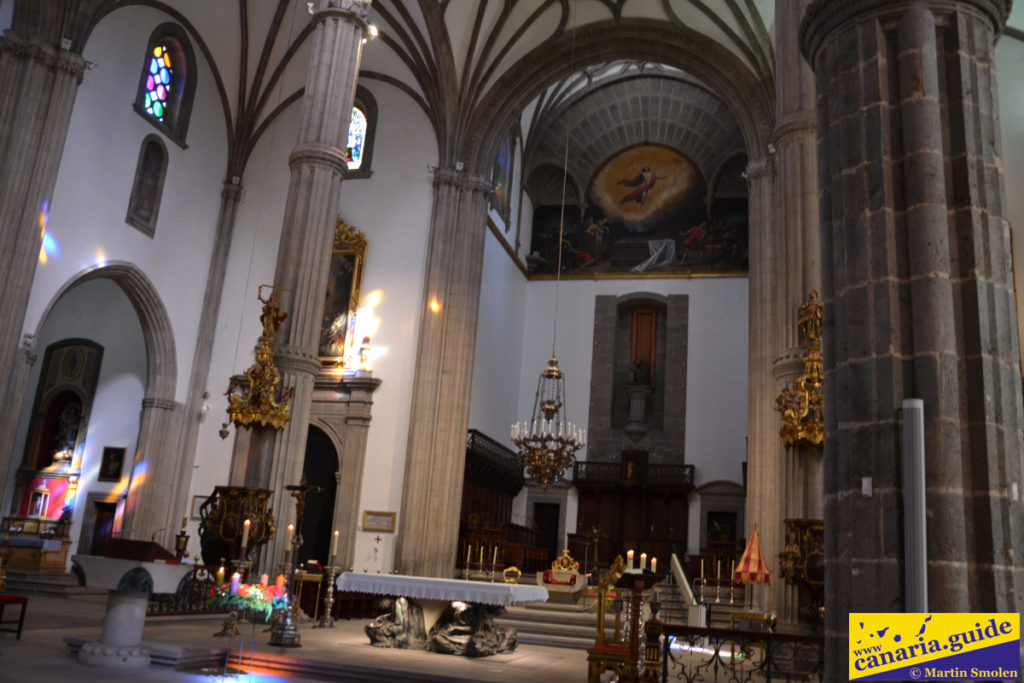
Construction of the cathedral began around 1497, but due to lack of funds, construction was stopped in 1570. The second construction phase continued from 1781 and the cathedral has remained unfinished to this day. The long history of the church combines different styles from the late Gothic interior to the Classicist exterior.
Church of San Francis Borgia
Calle Dr. Chil, 15D, Vegueta
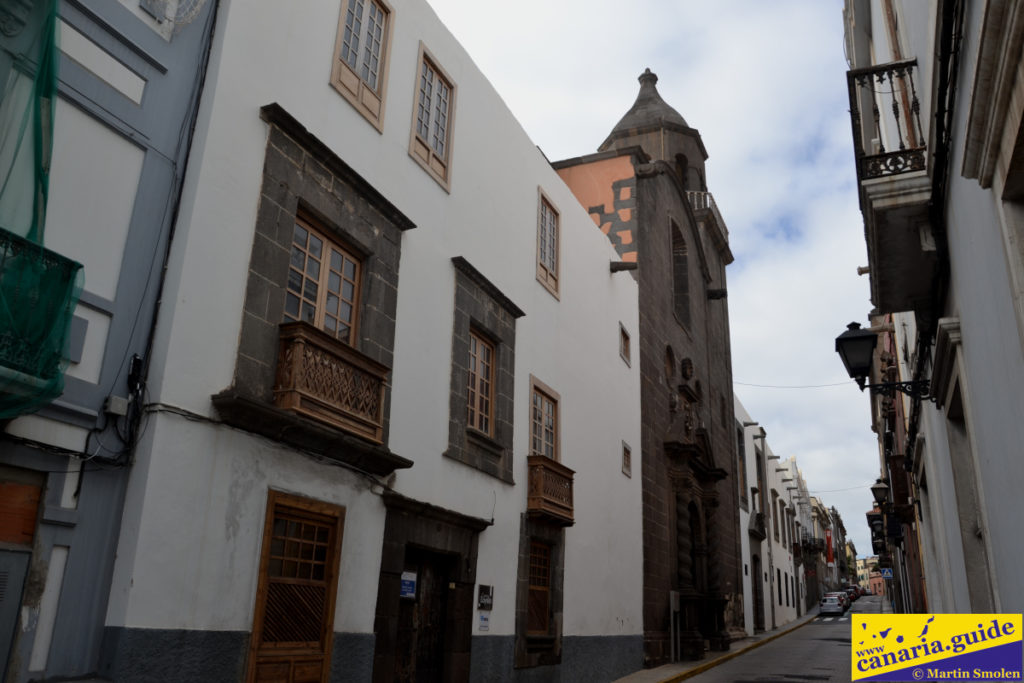
Near the Cathedral of St. Ana is another interesting church dedicated to the Spanish saint Francis Borgia. A part of the church is also a Jesuit seminary. The church itself is very inconspicuous from the outside. Its interior is all the more interesting.
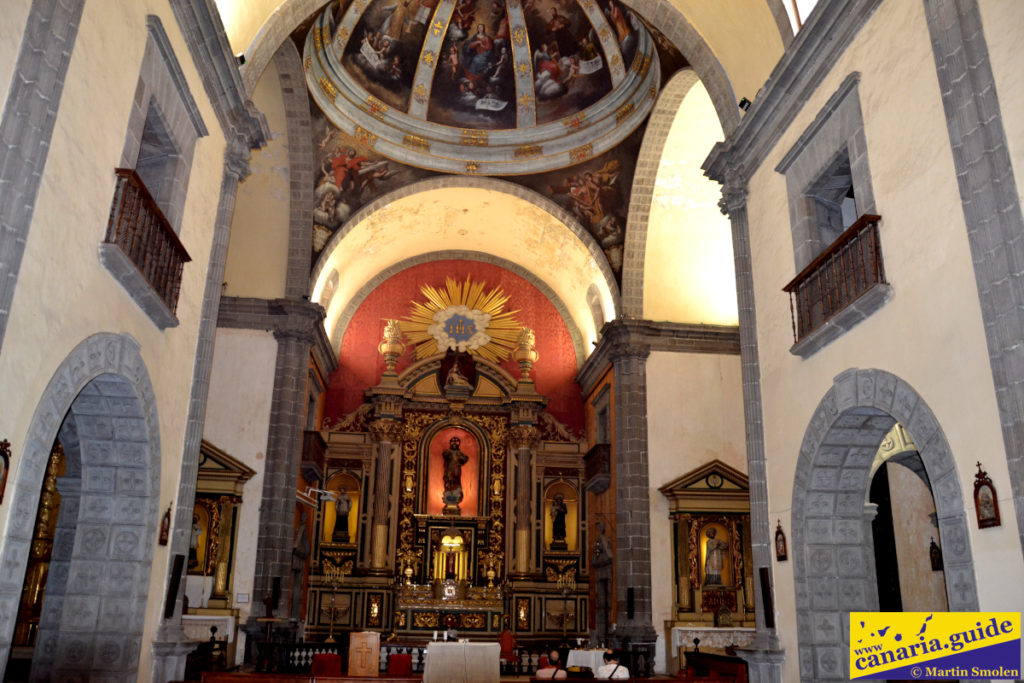
Church of St. Francis Borgia is a prime example of Baroque sacral architecture in Gran Canaria. The whole history of the church is connected with the work of the Jesuit order, which came to the island in 1567. Construction of the church began in 1724. The author of the project was the architect Hermano Francisco Goméz. The church is built of blue lava stone, which comes from the quarry in Arucas. The church is built of the same stone as church of St. John the Baptist in Arucas. The church was solemnly consecrated on February 25, 1754.
Church of San Agustín
Plaza de San Agustín, 5, Vegueta
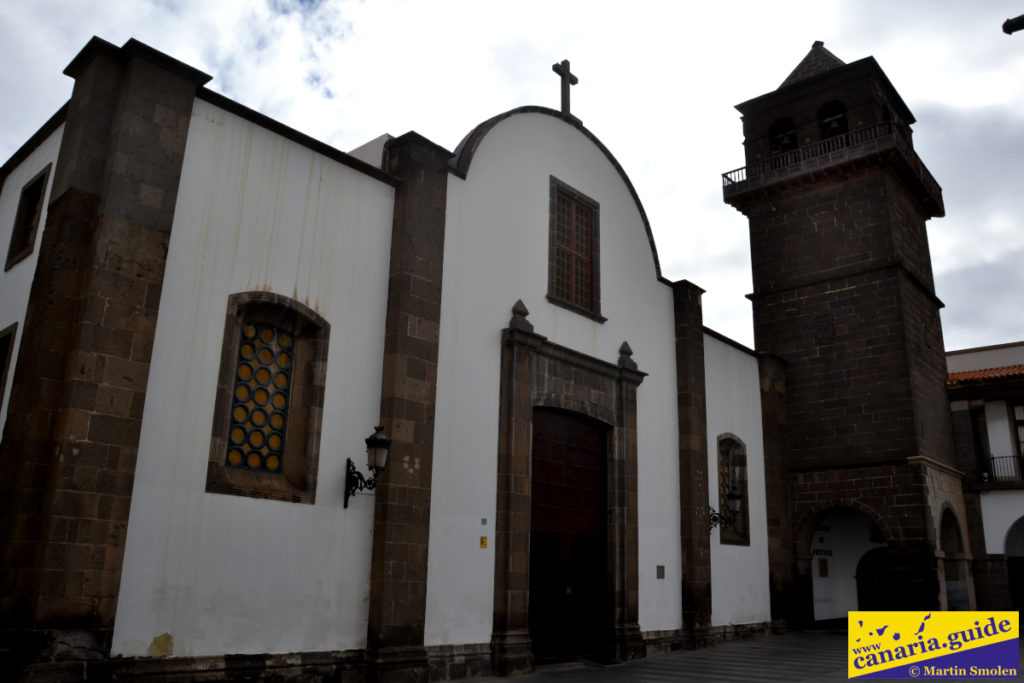
In 1524, the city council ordered the construction of a hermitage on the shores of the ocean in the Vegueta district as a promise of thanksgiving and redress after the plague epidemic in the city. In the 17th century, the hermitage was in a desolate state. In 1664 it was therefore replaced by the first church and monastery of the Order of Augustians. The church was built of poor quality materials, so it was decided to build a new church.
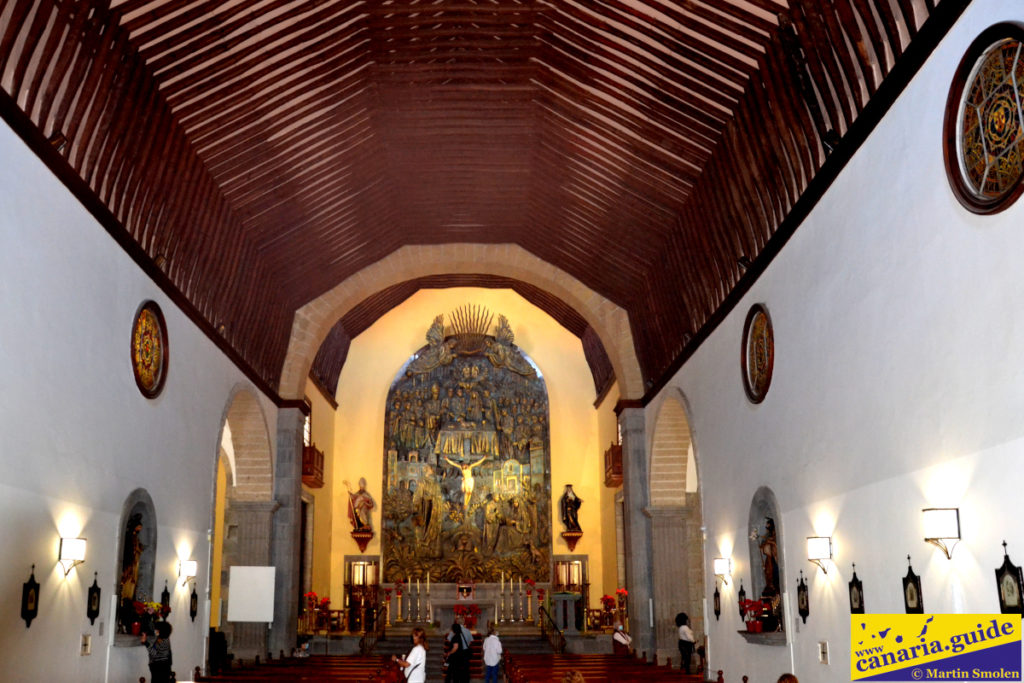
The current church began to be built in 1786. The foundation stone was laid on July 6, 1786. Two years later, work began on the facade of the church. It is a single-nave church, where the transept is formed by the chapel of the Virgin Mary of Mount Carmel and the chapel of the Virgin Mary of the Seven Sorrows. To the right of the entrance is a holy chapel with interesting large stained glass windows. Of the whole church, however, the large bronze altar is certainly the most interesting. Its author is the sculptor Luis Arencibia Betancort. The altar was made in foundries in Toledo in 2005. The altar includes a statue of the crucified Christ, designed by Rafael Bello and dating from the turn of the 19th and 20th centuries. Today, the church is physically connected to the town court building through the bell tower, which, however, is not part of the church, but belongs to the city.
Did you like this article, was it useful to you? You can also support the creation of this website by sending any amount to ES08 0049 5735 1122 1616 5370, swift BSCHESMM. Include “Canaria Guide Support” in the note. Thank you for supporting.

